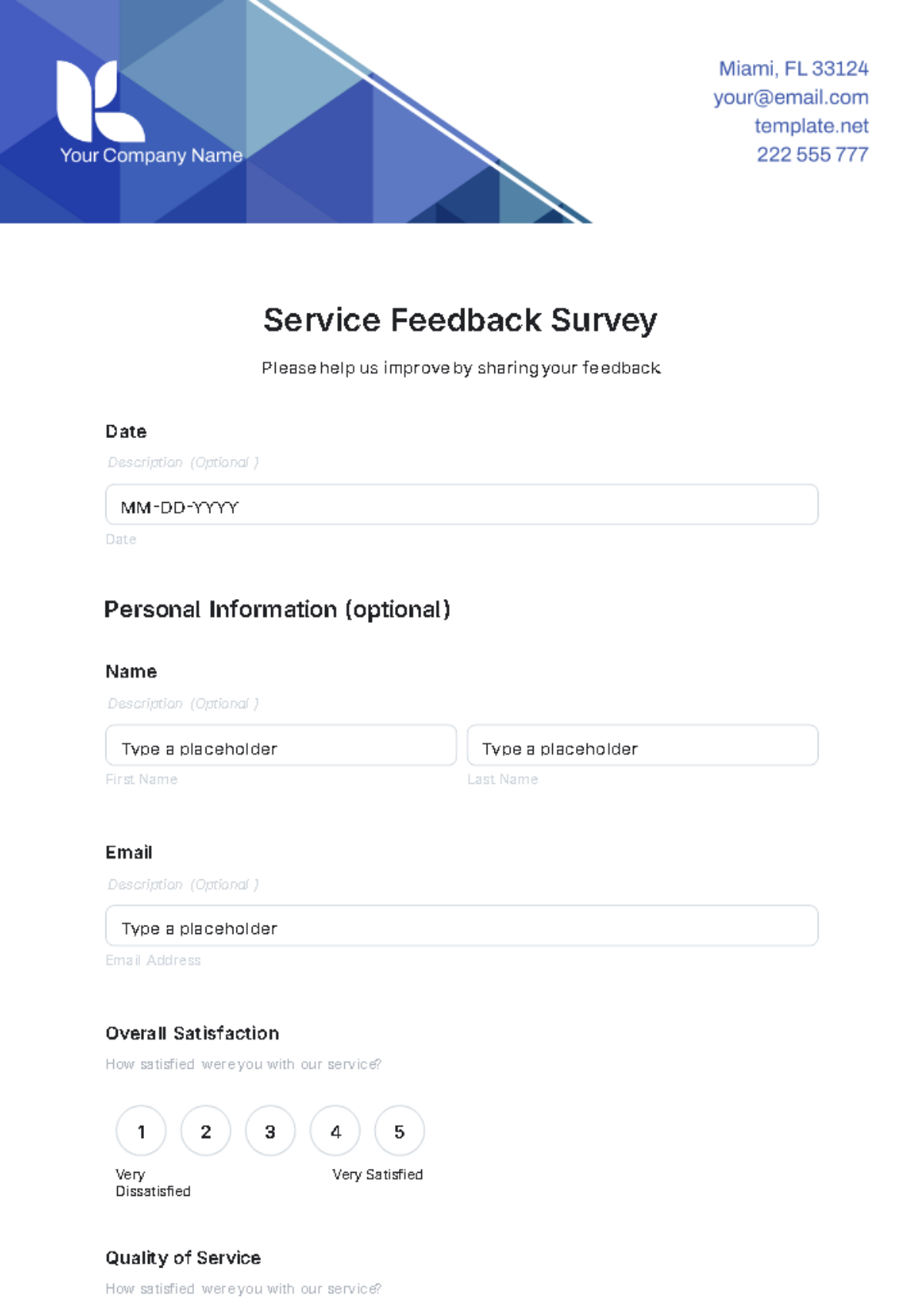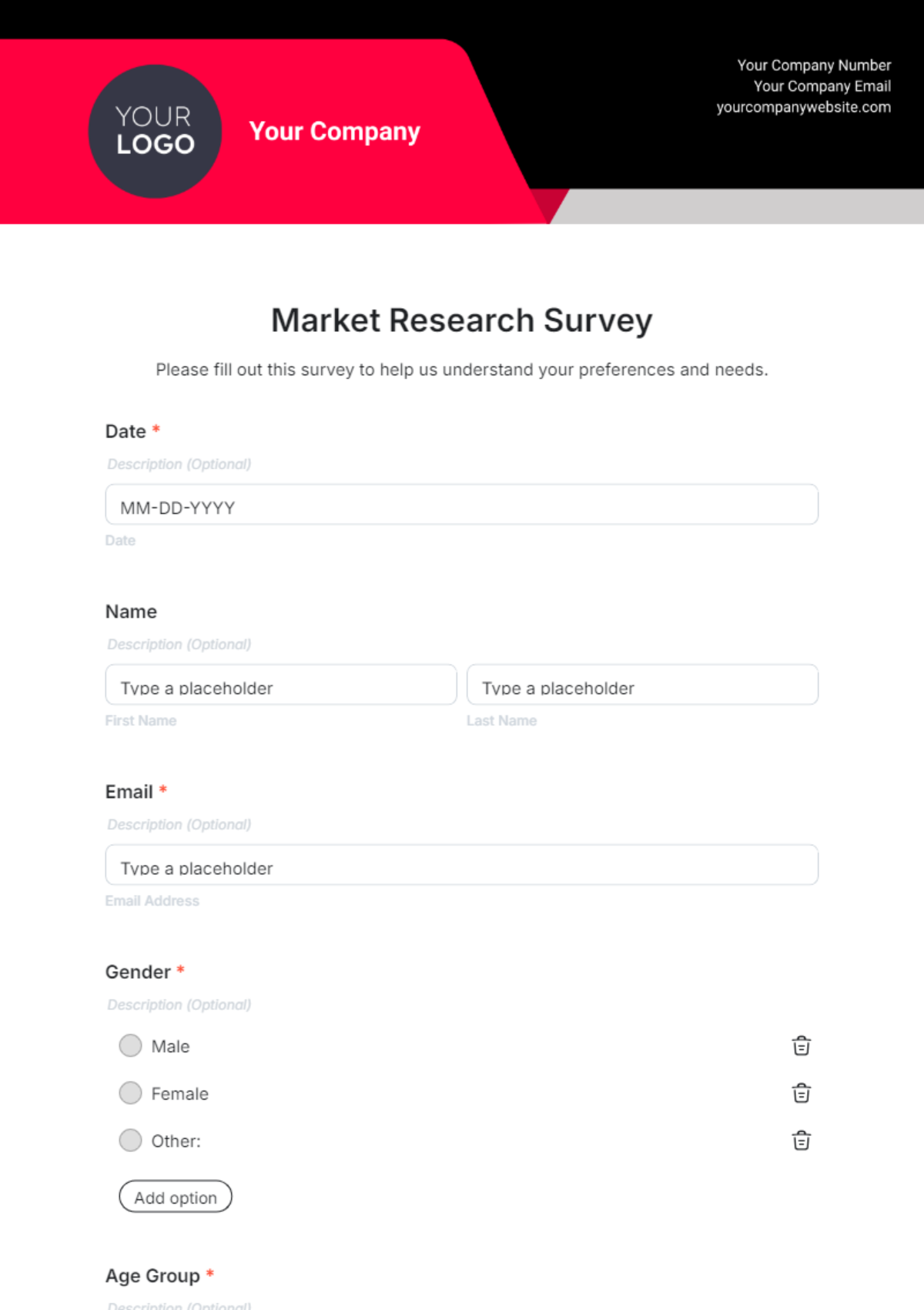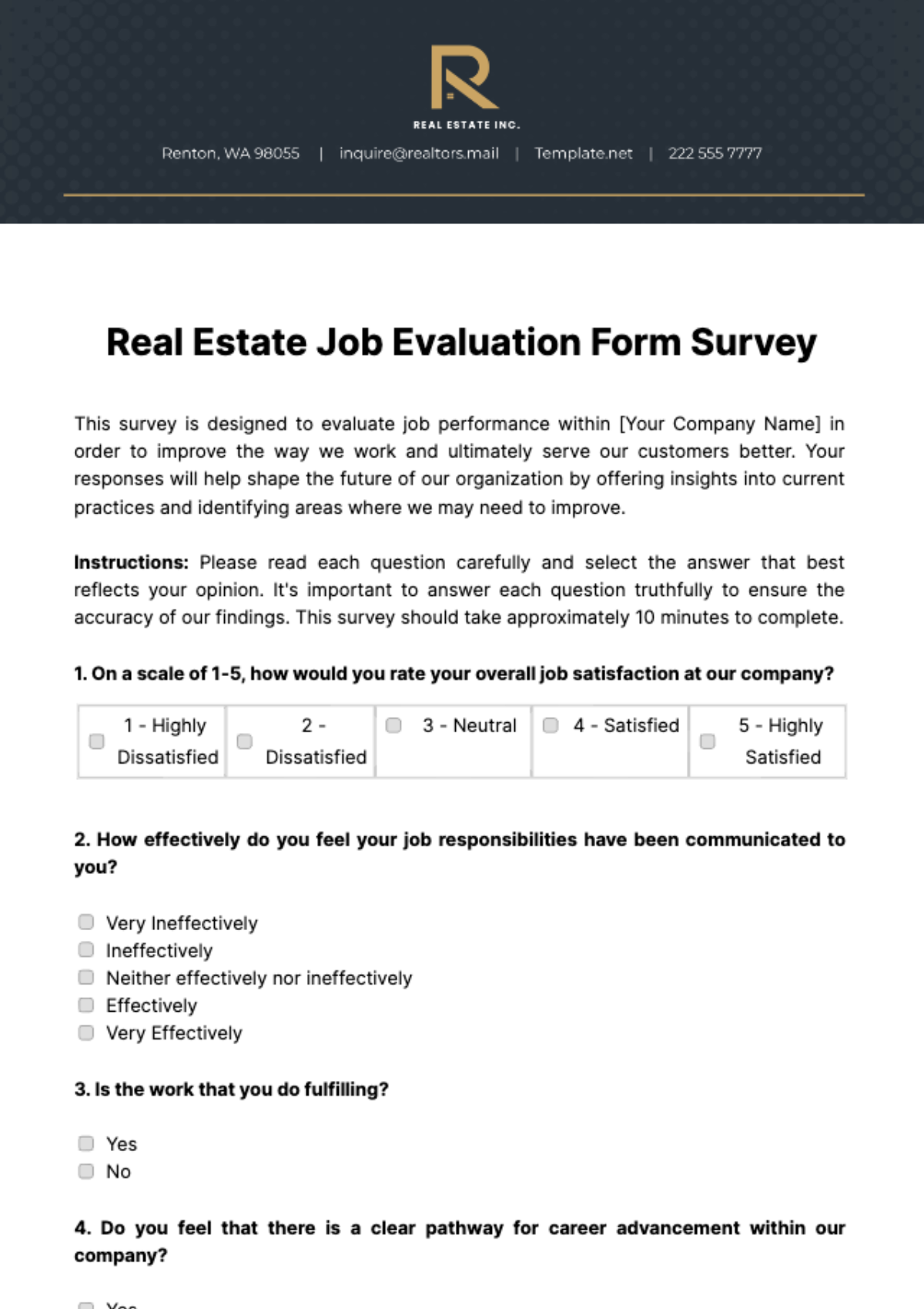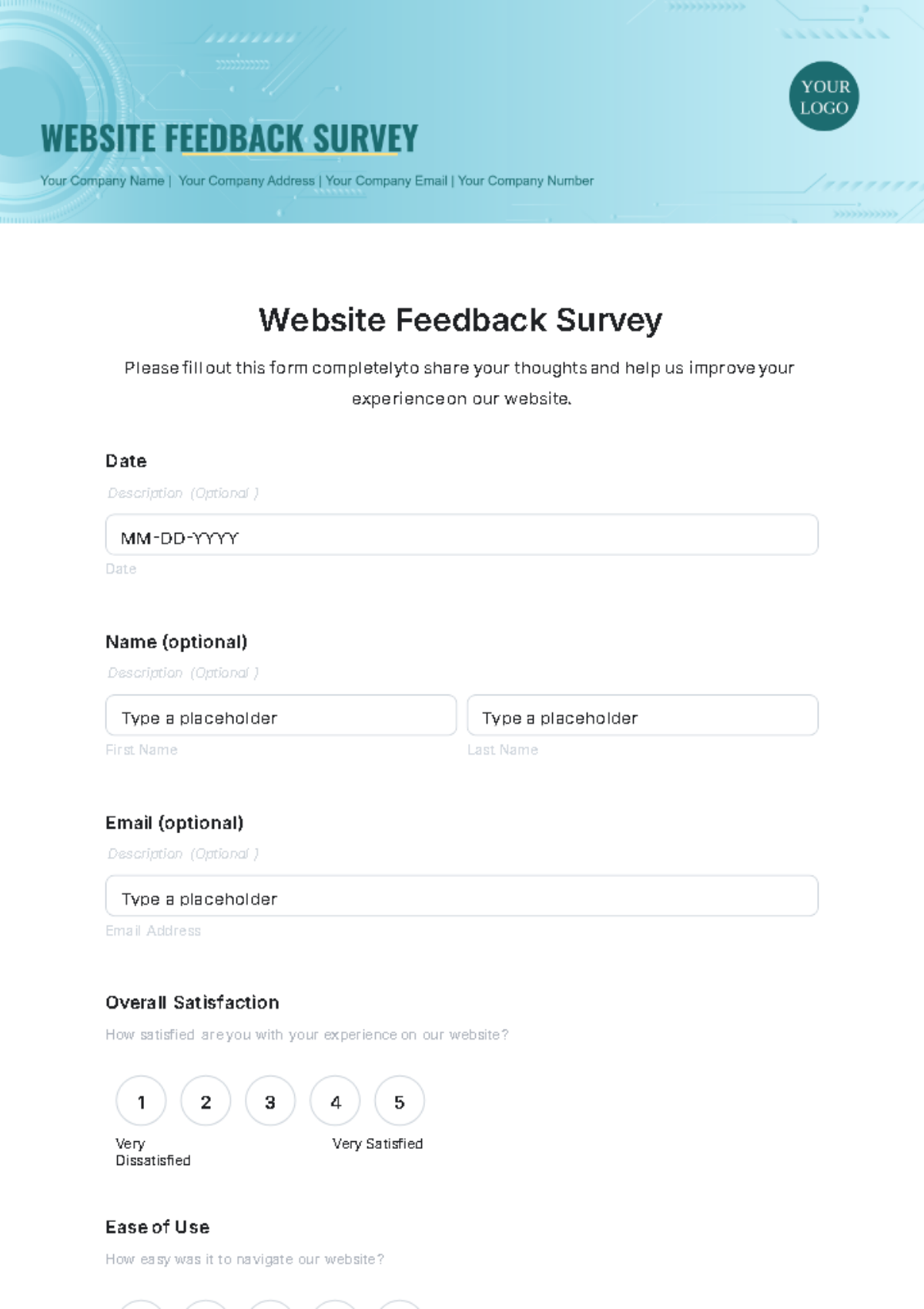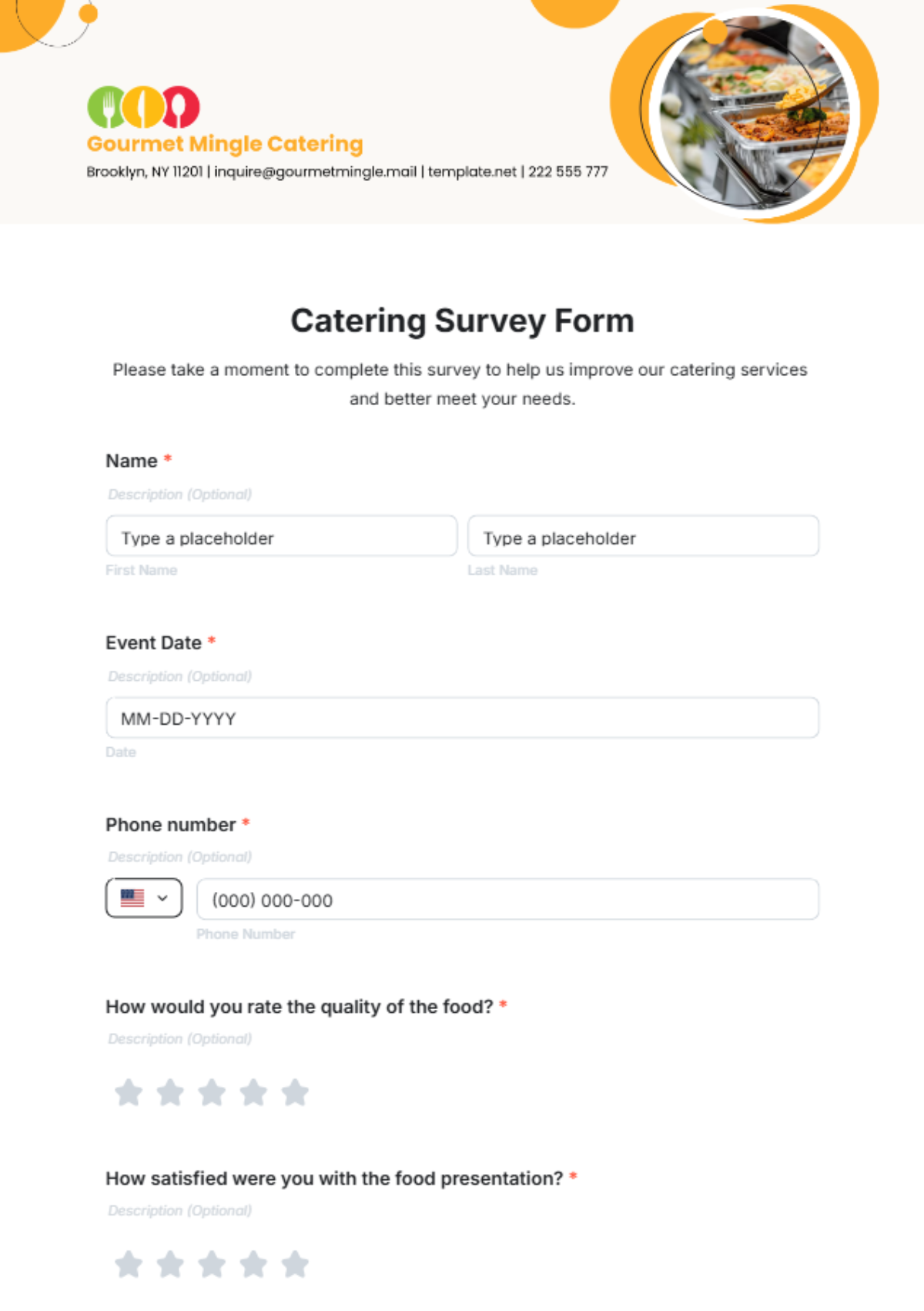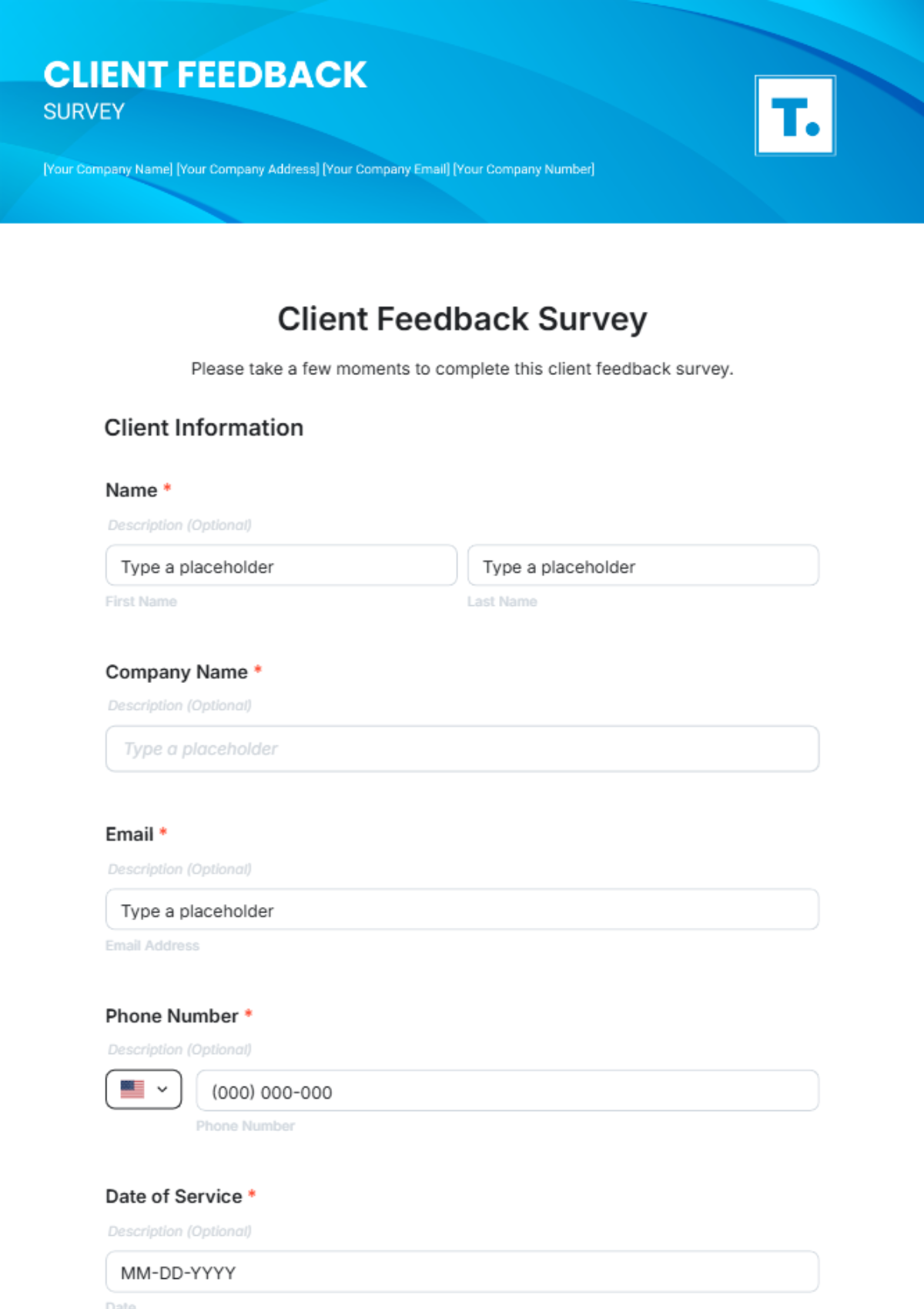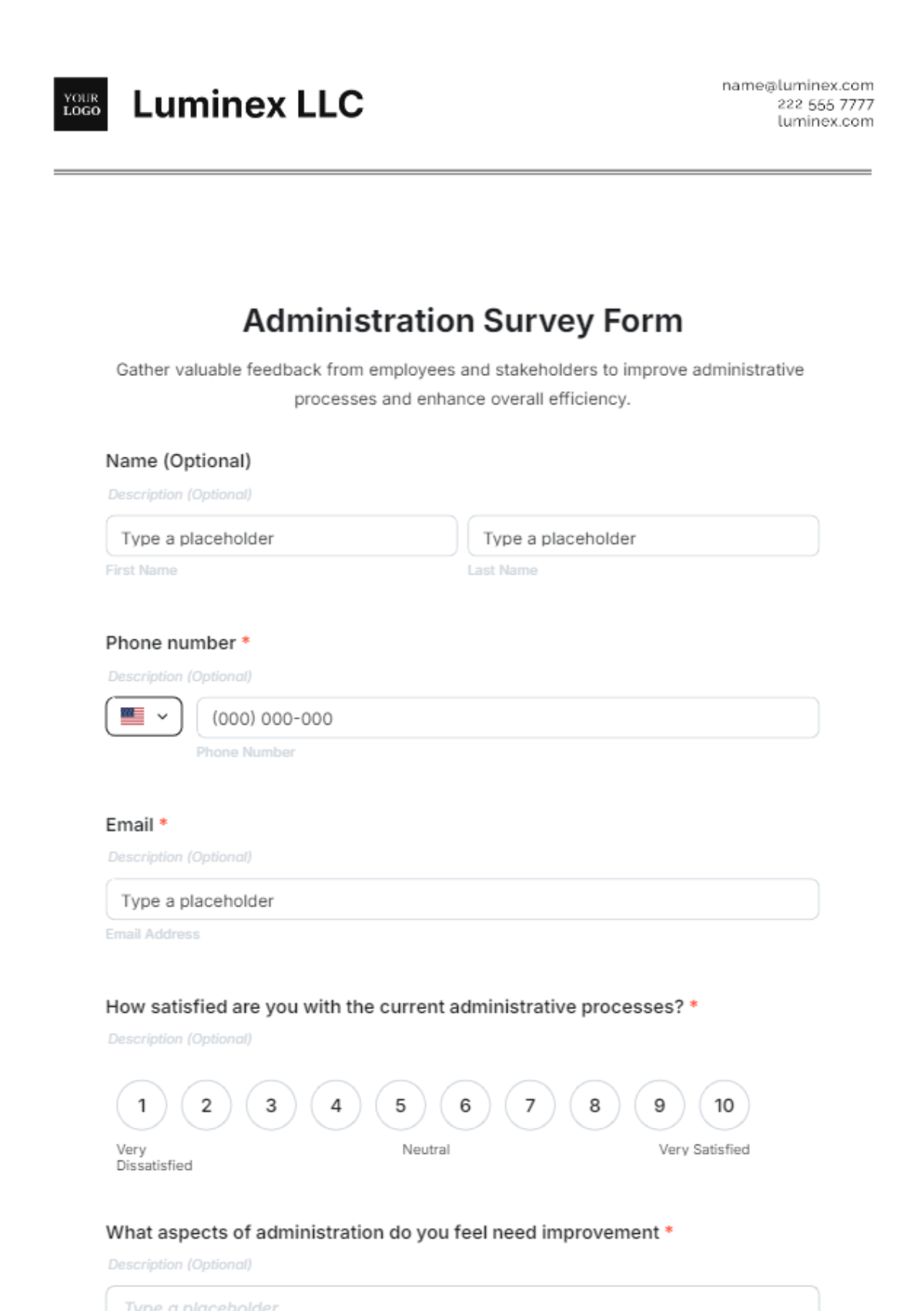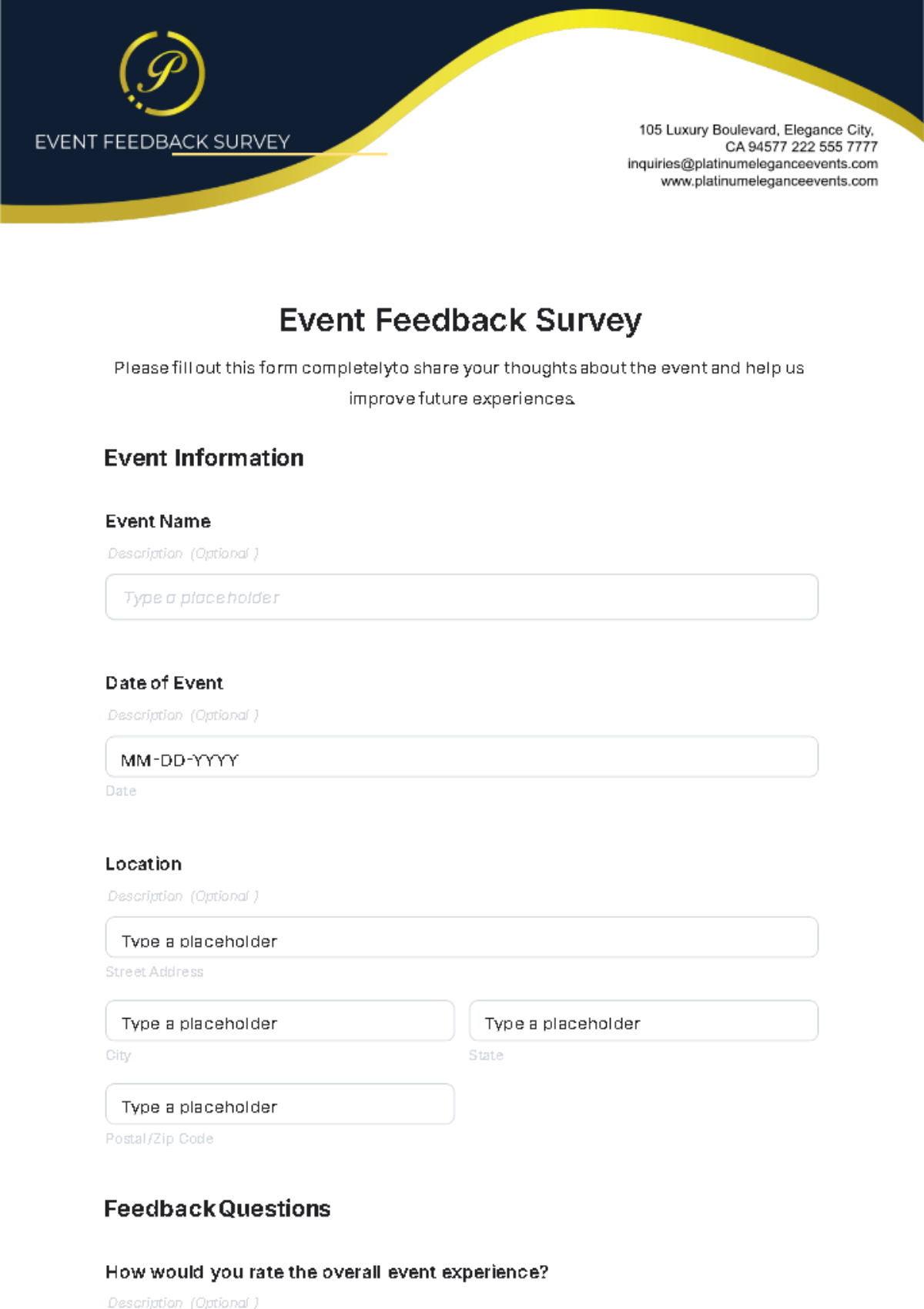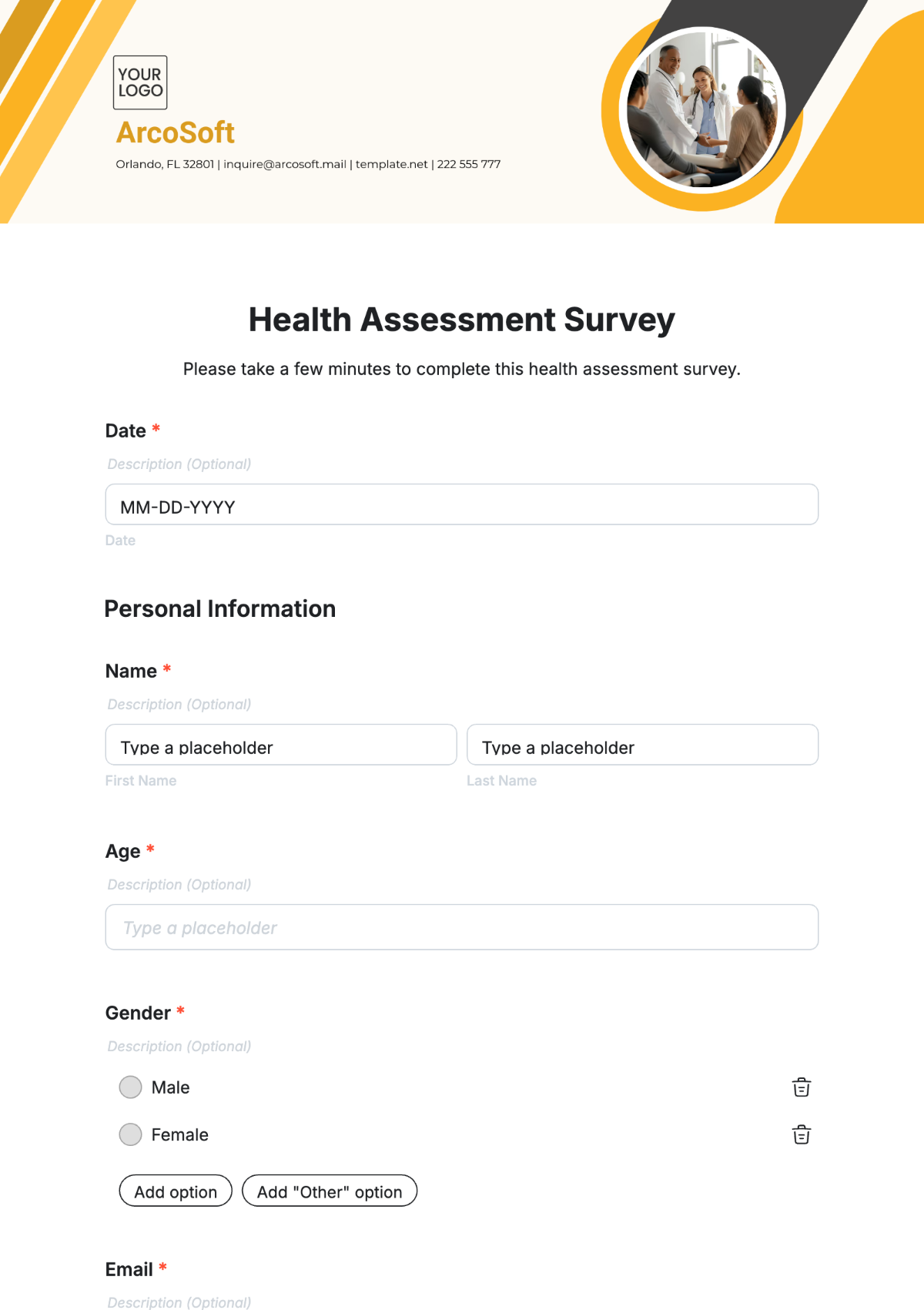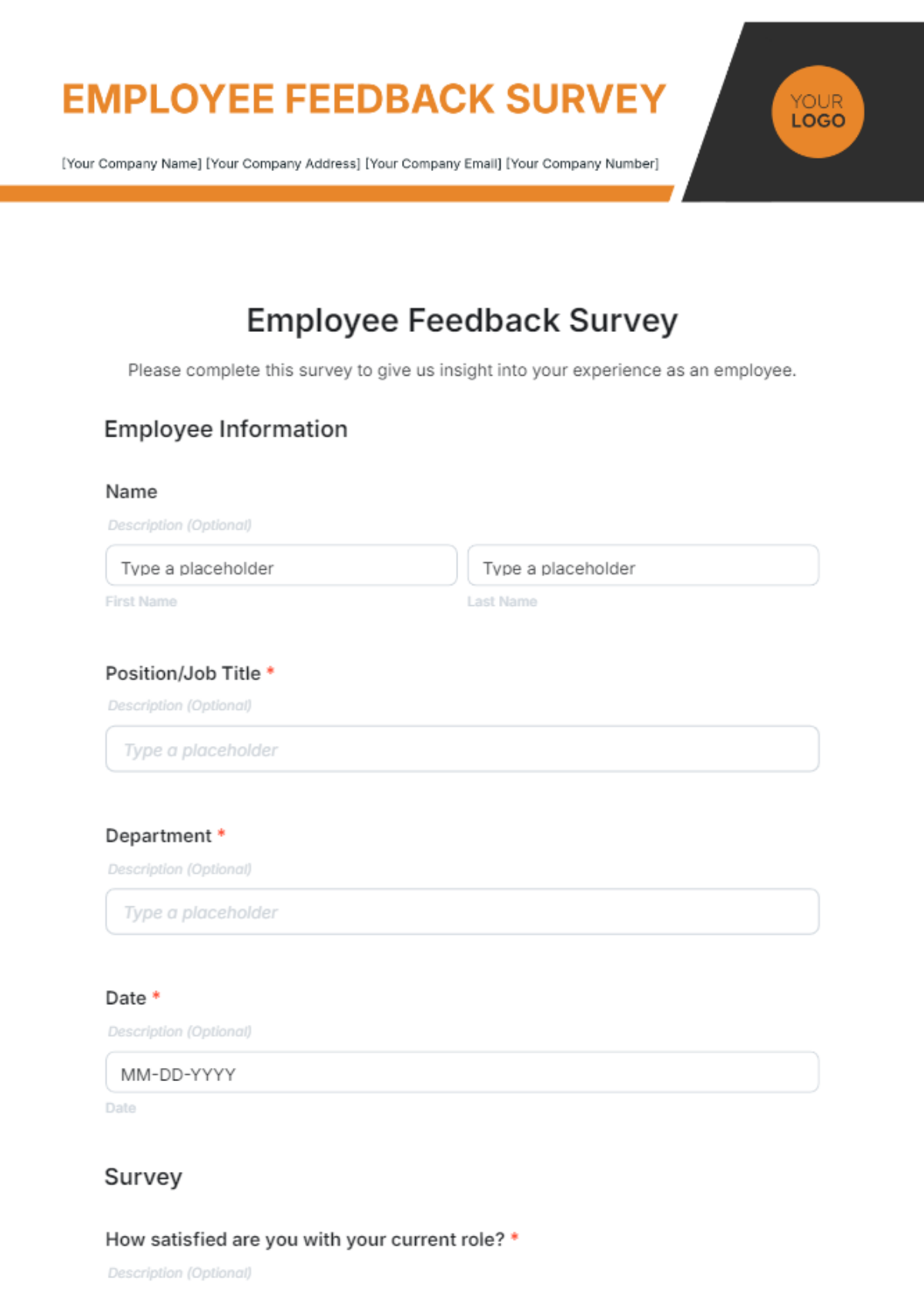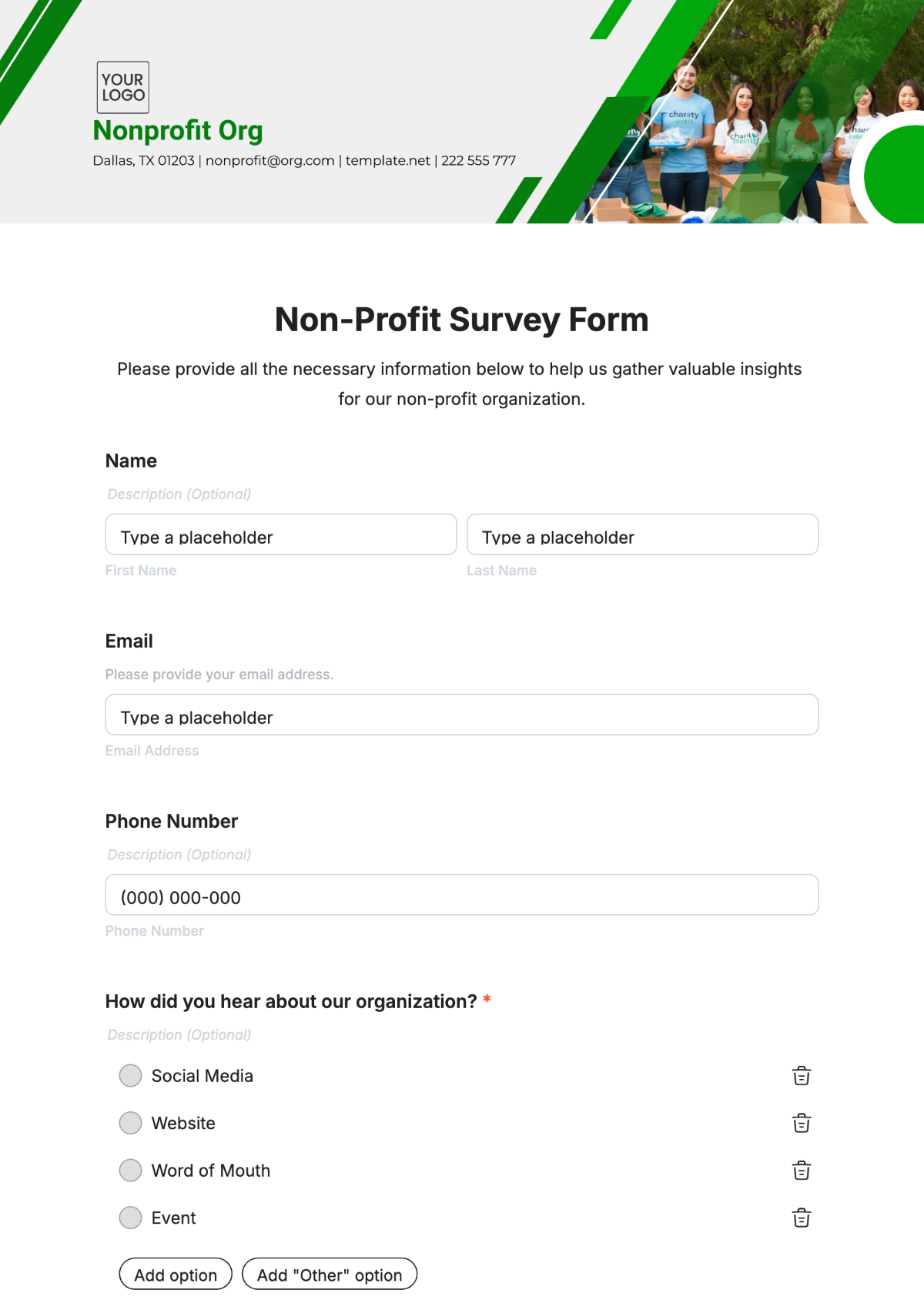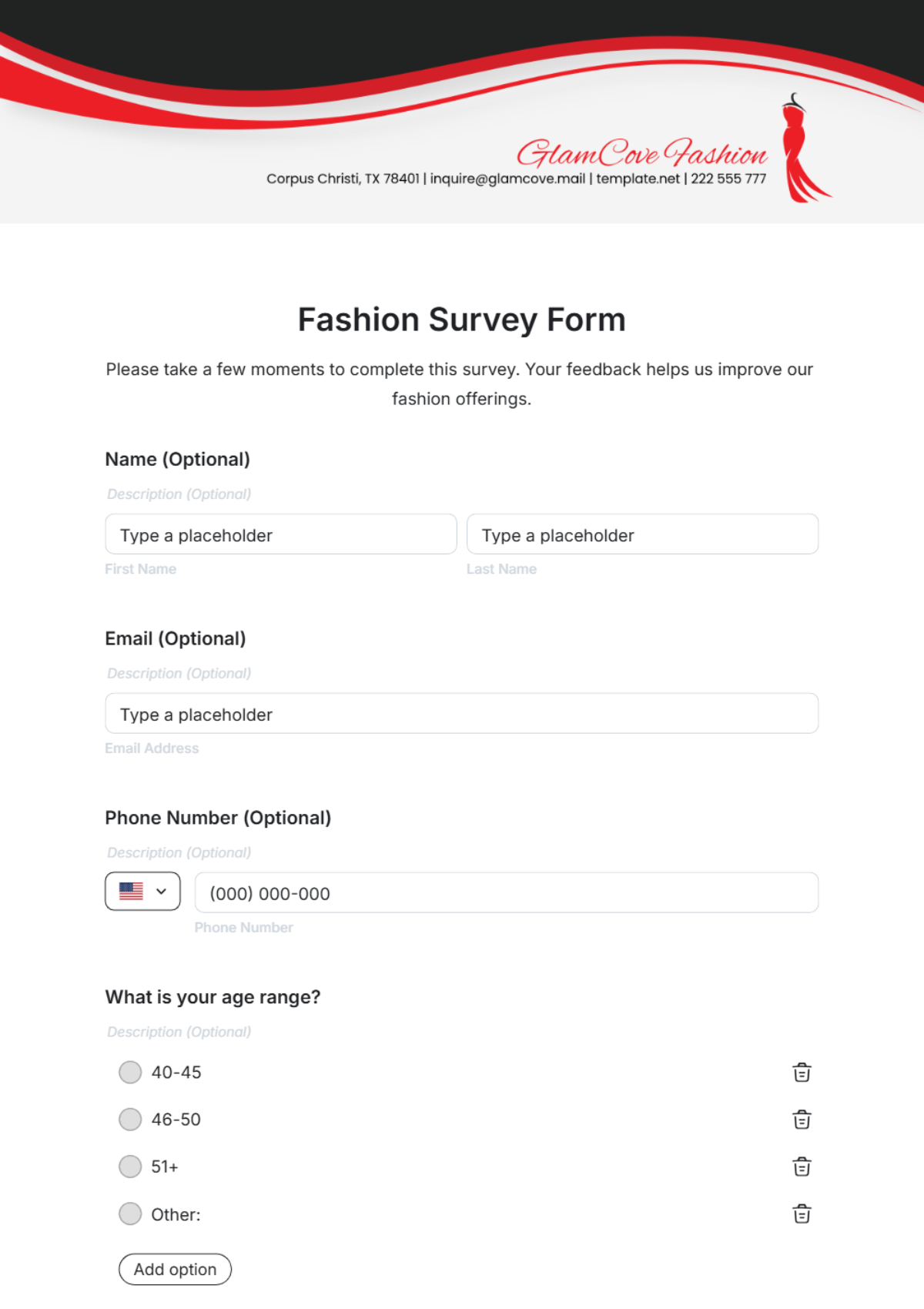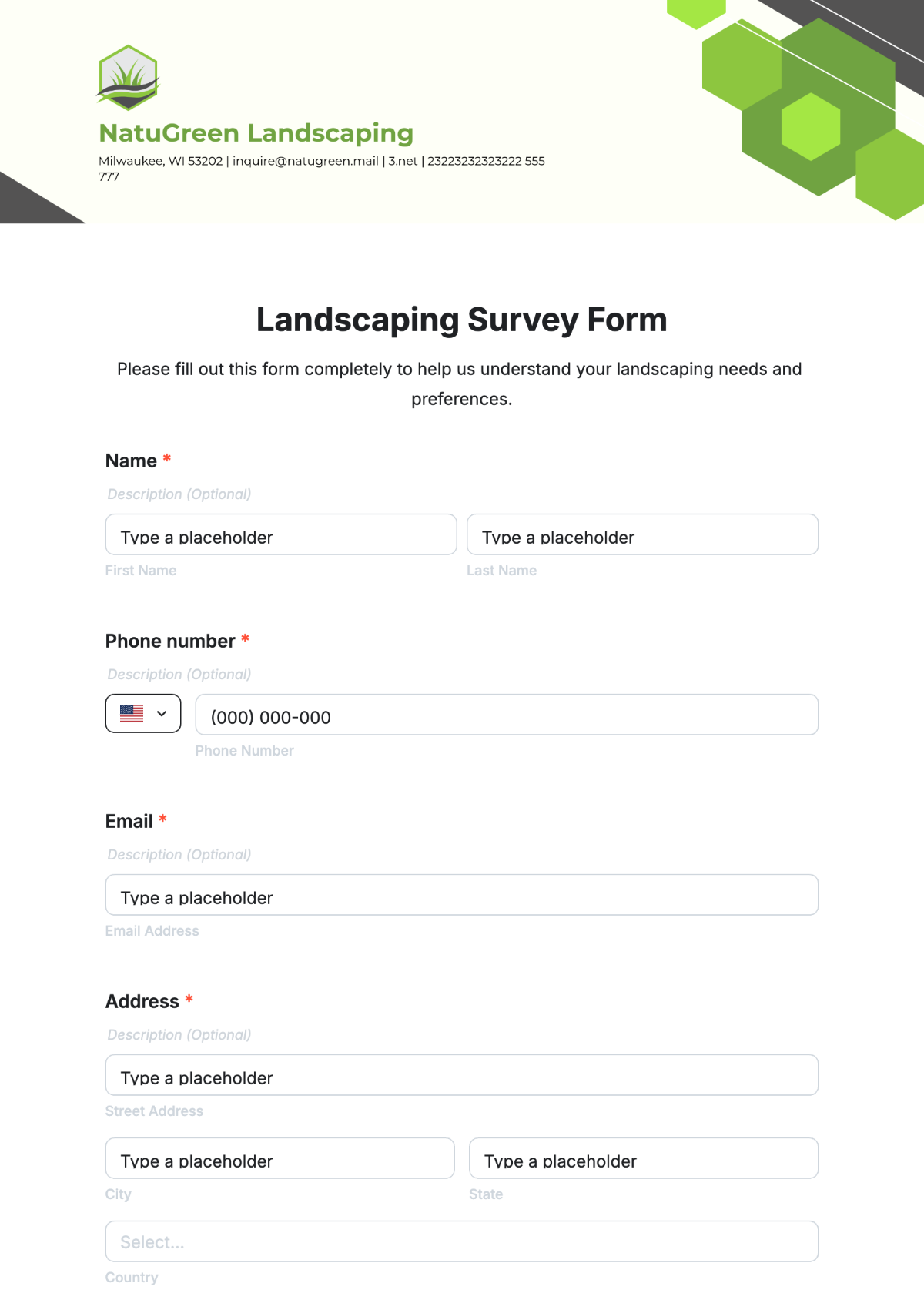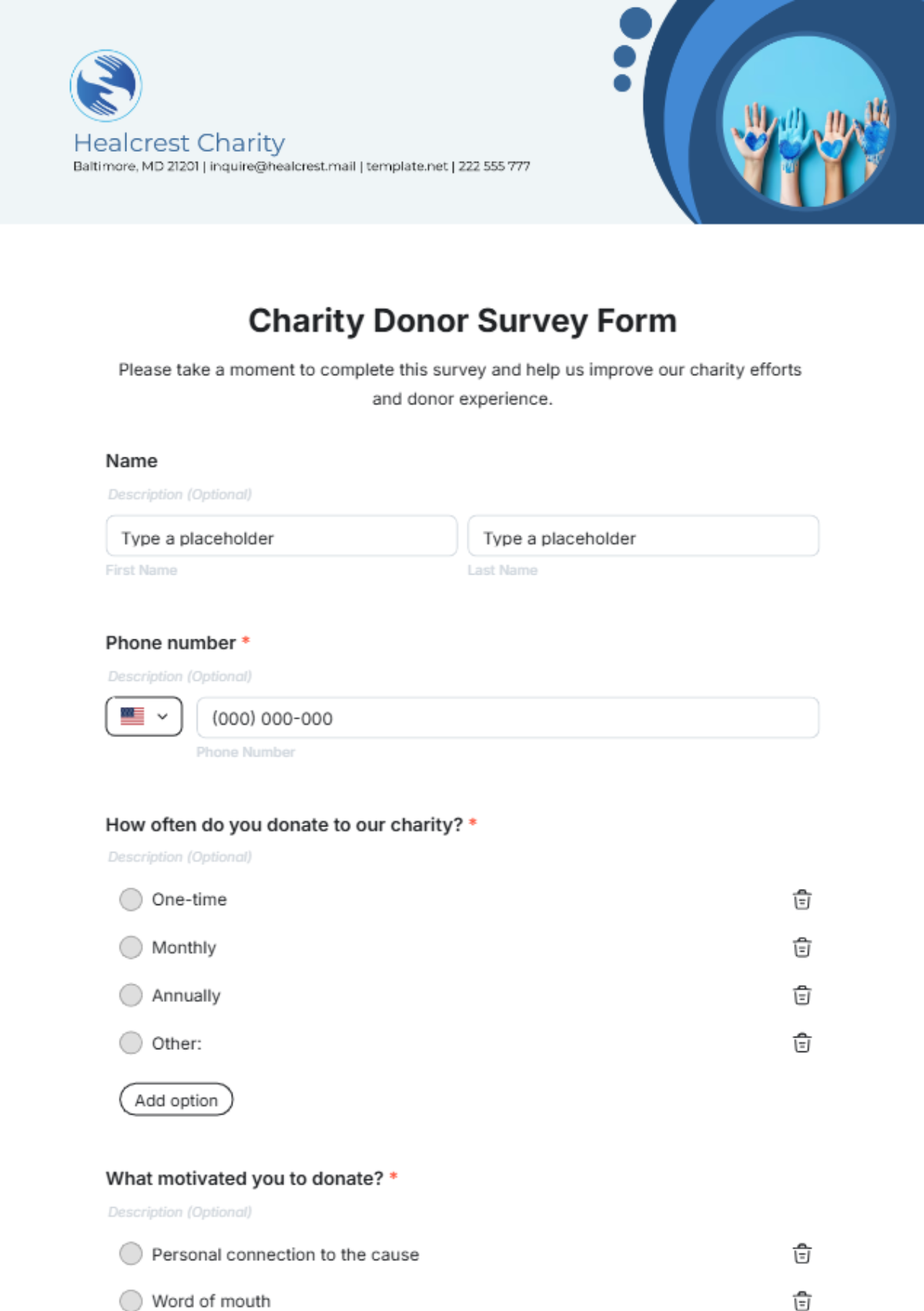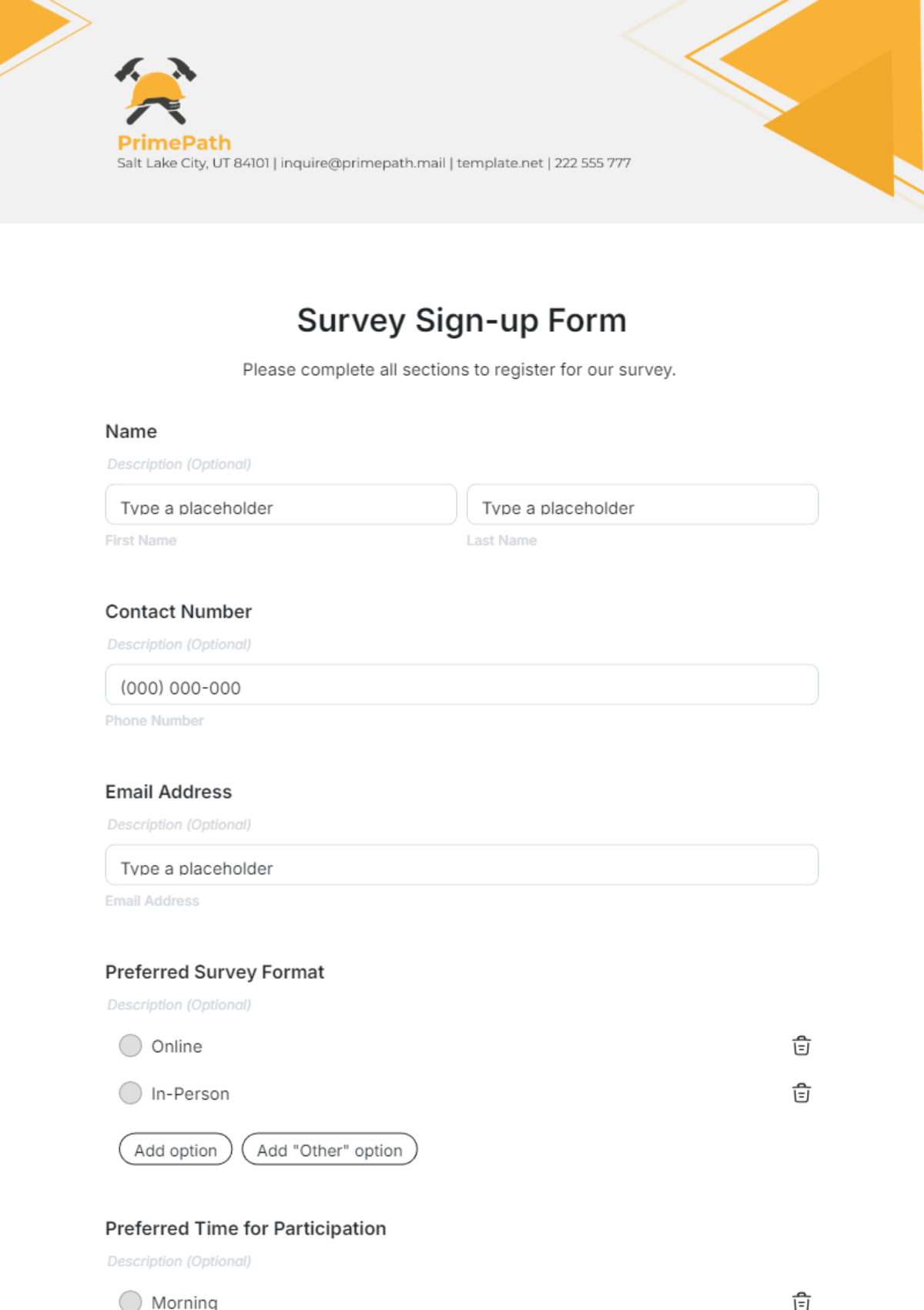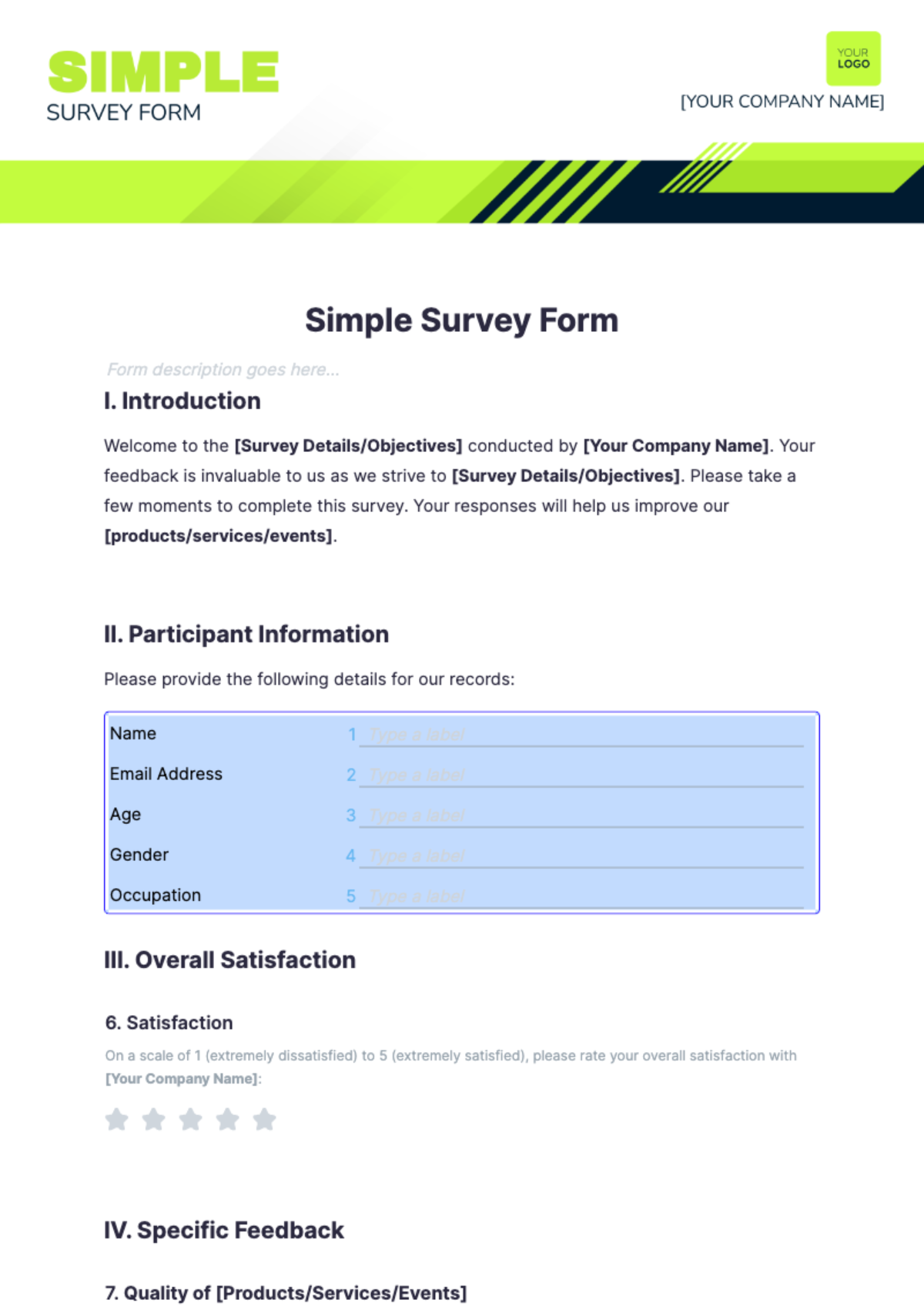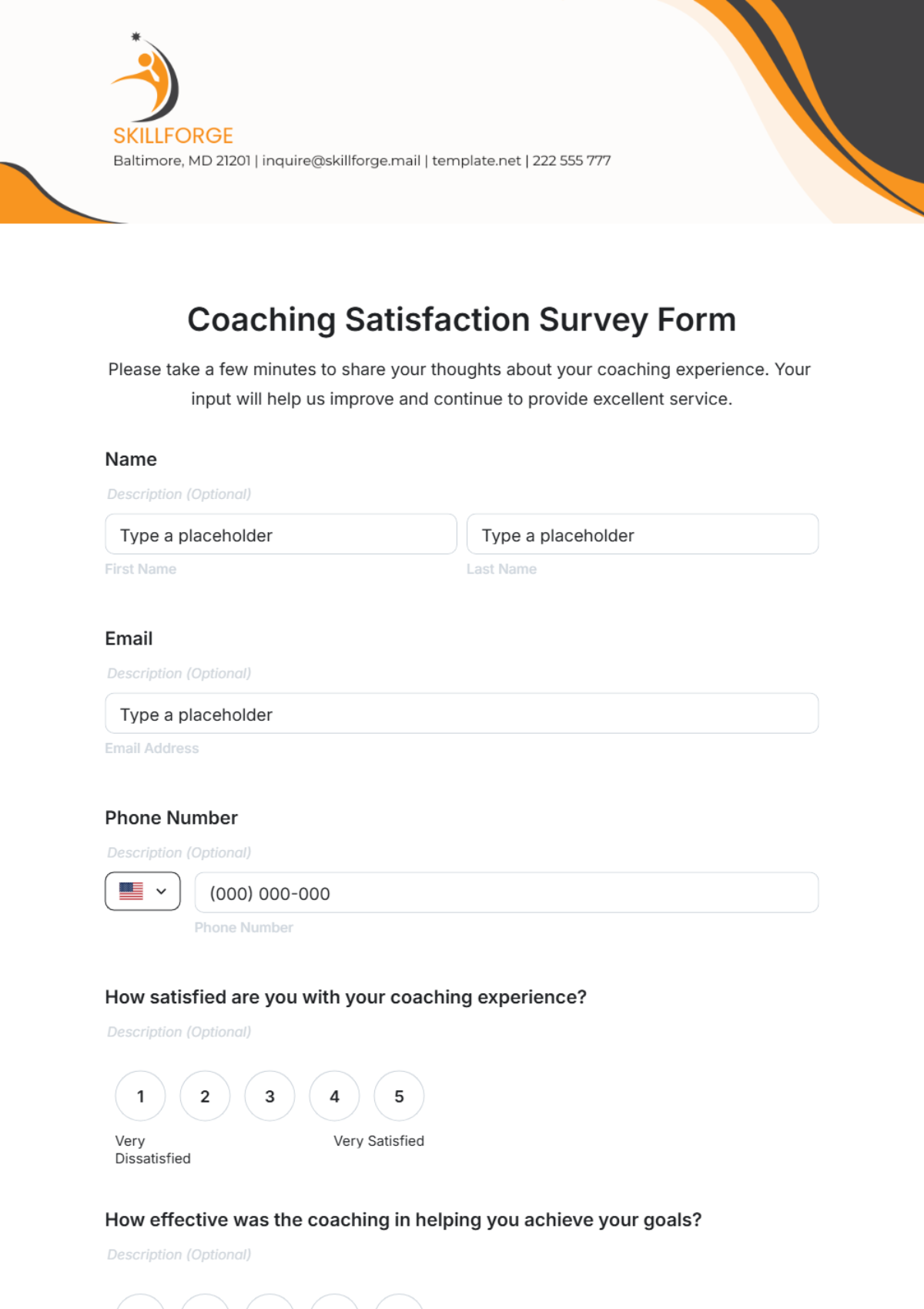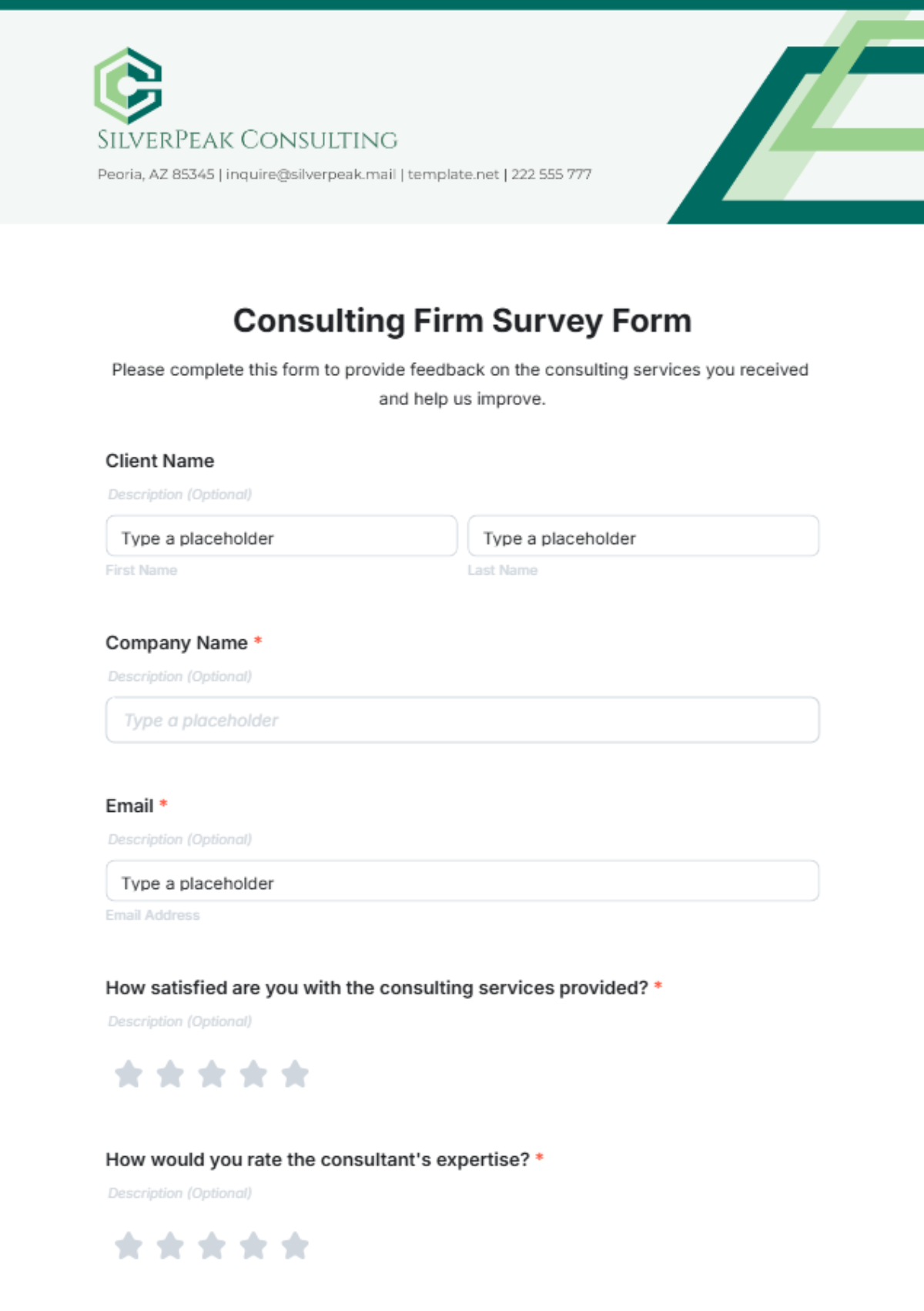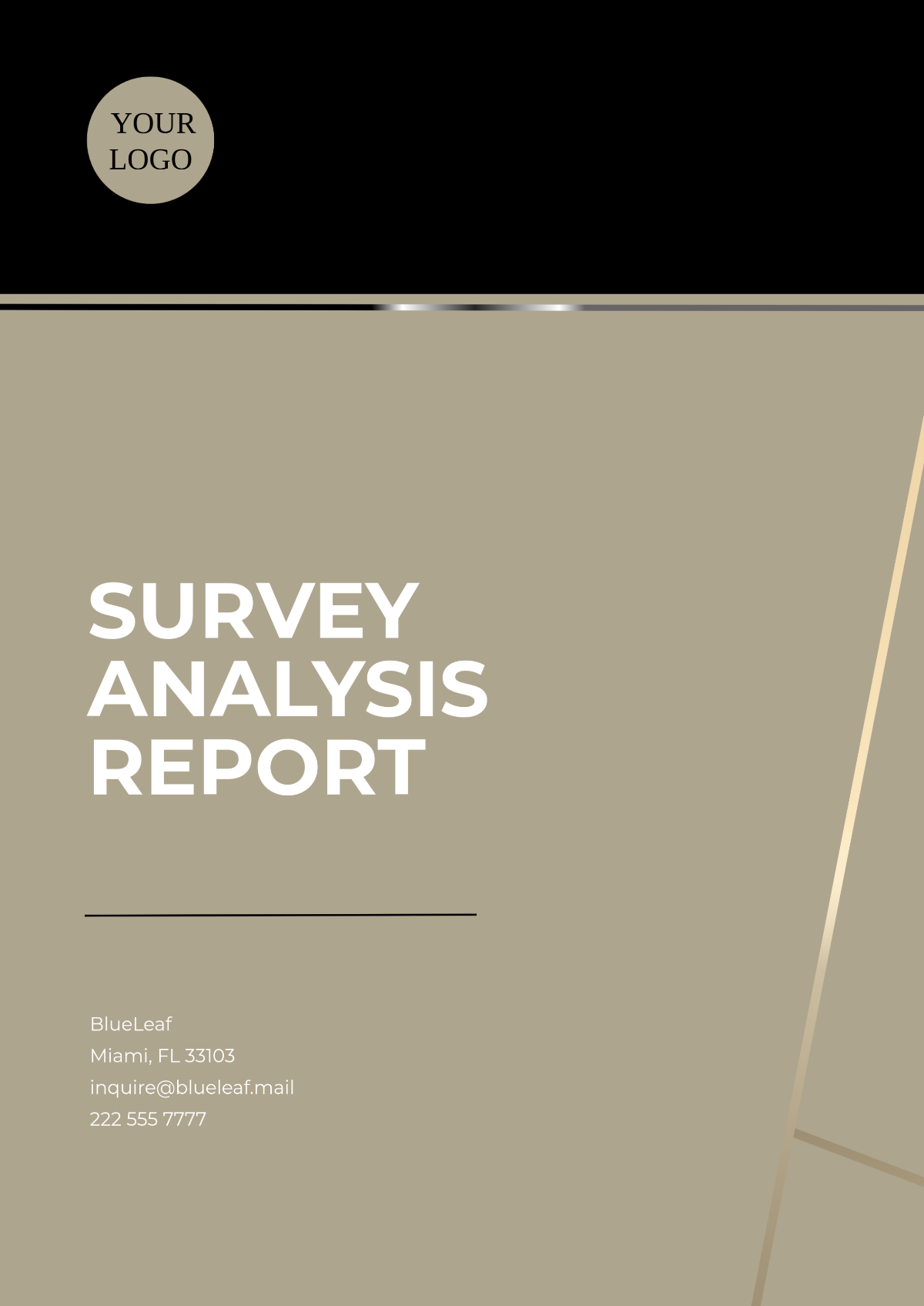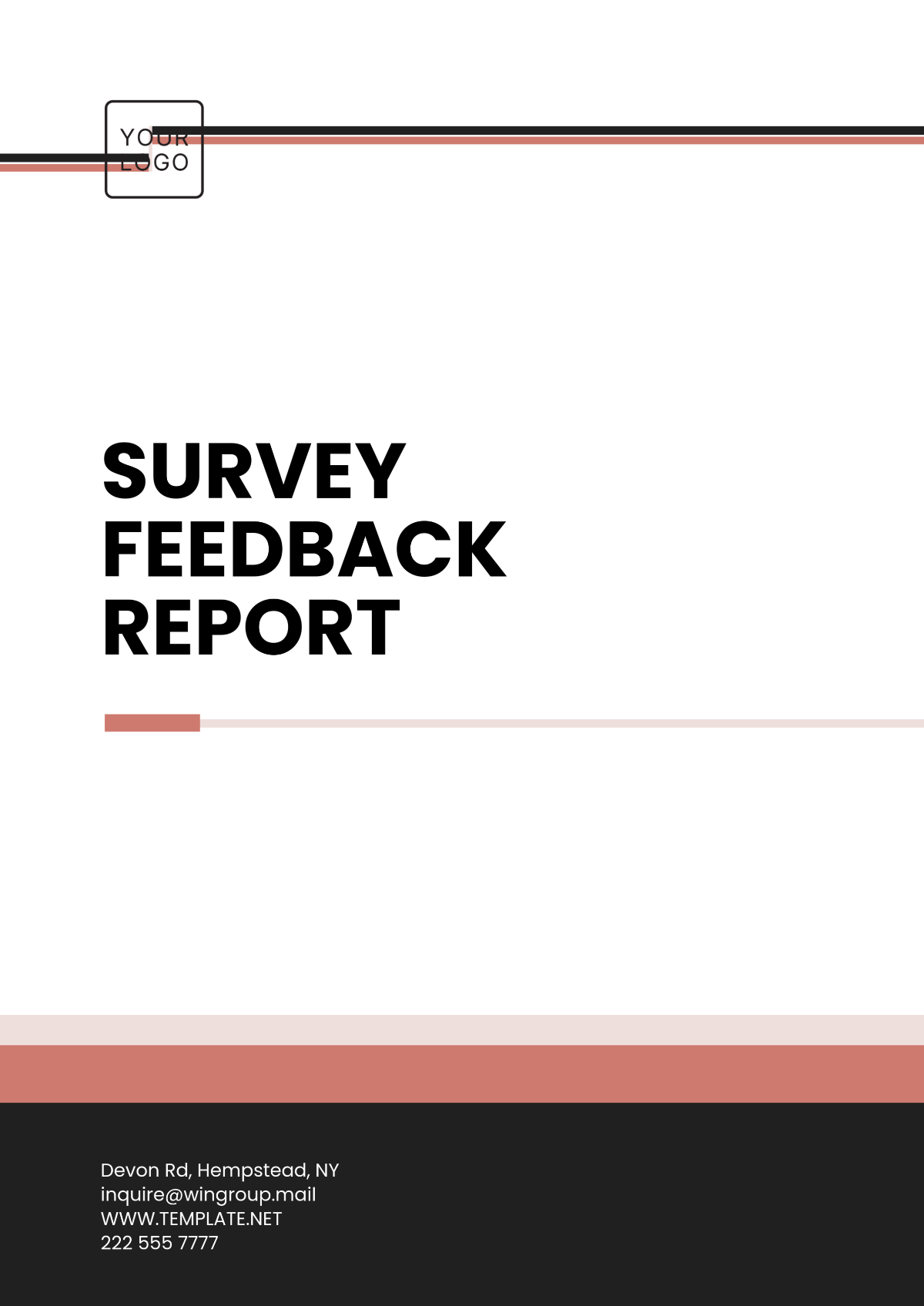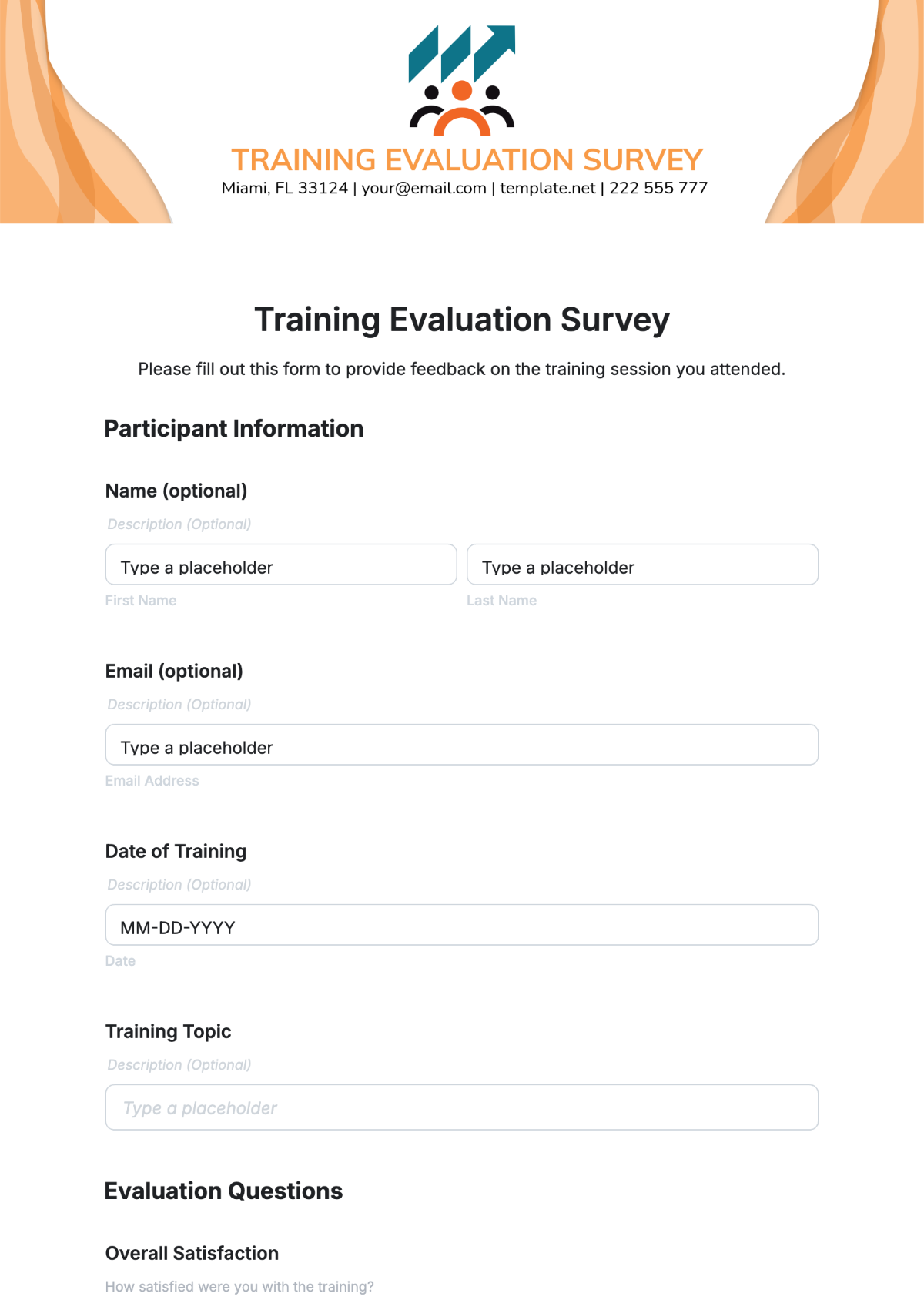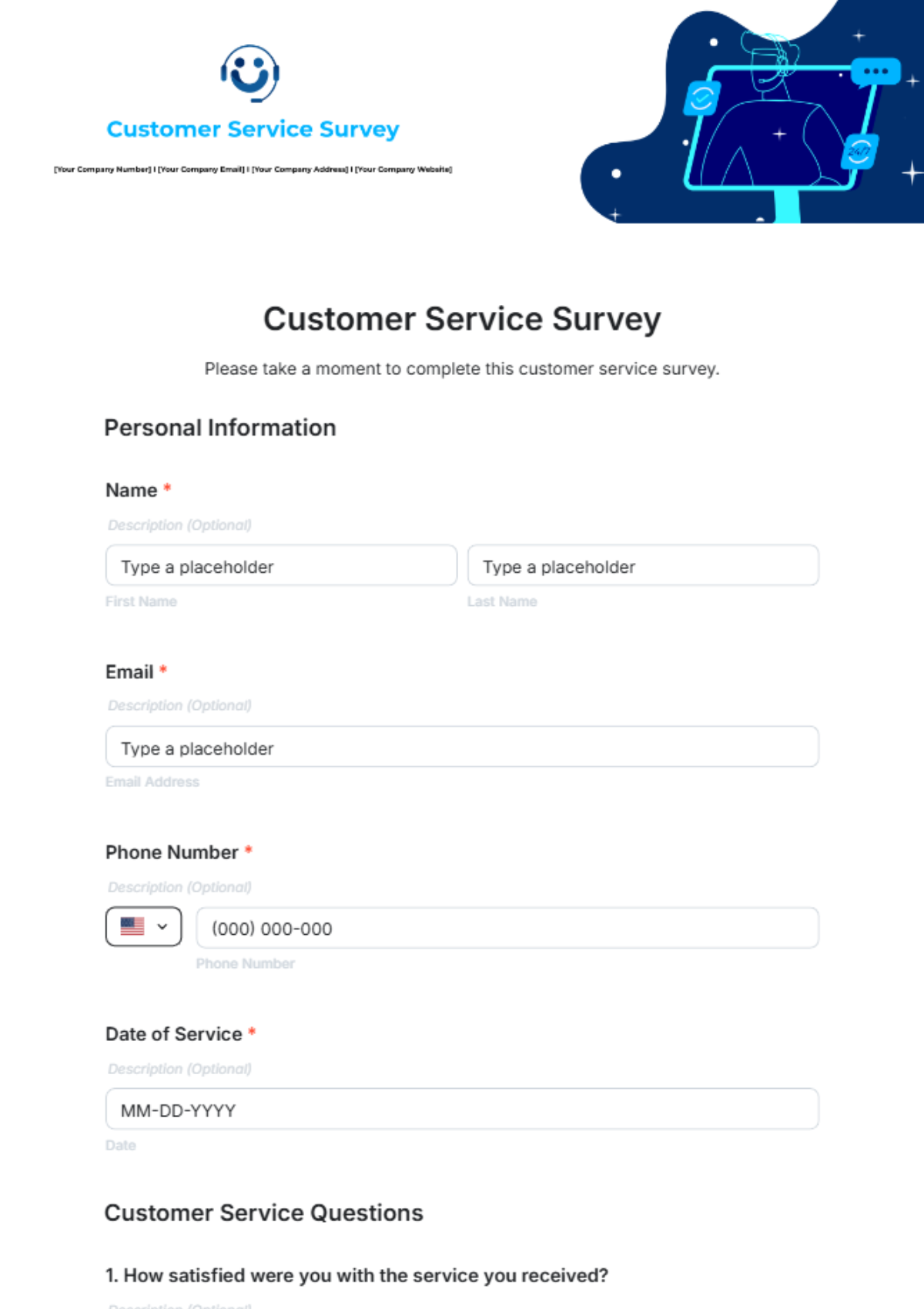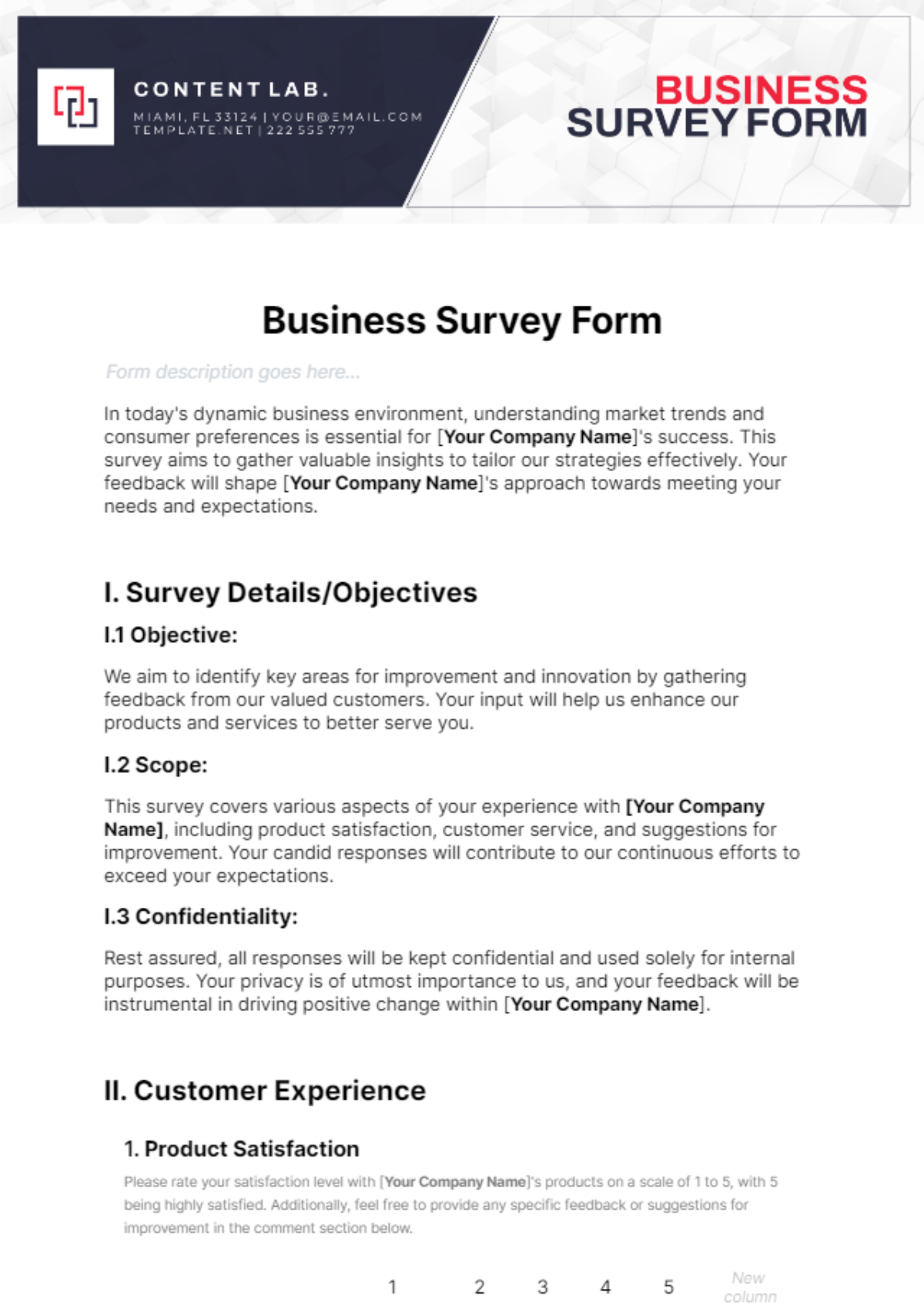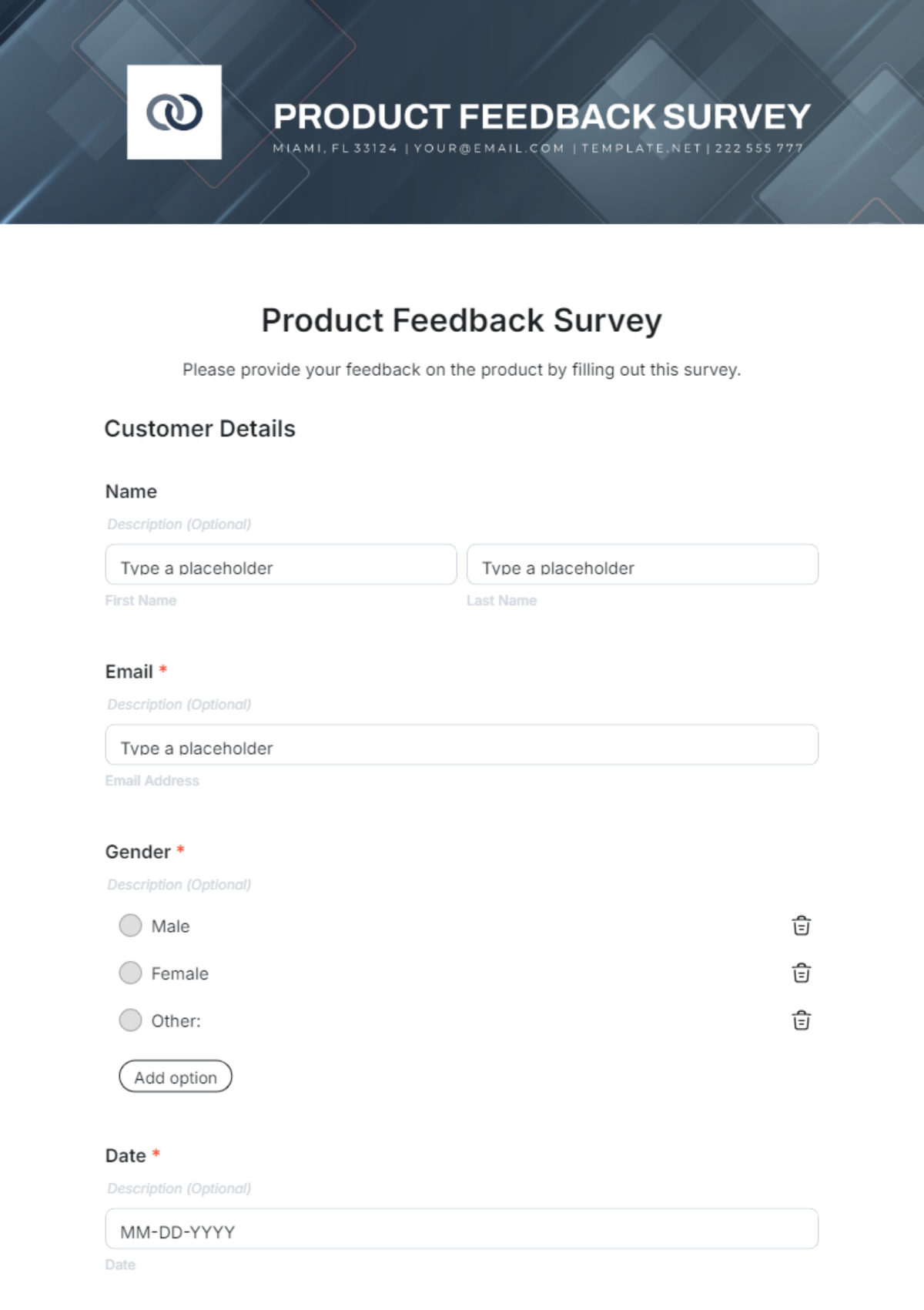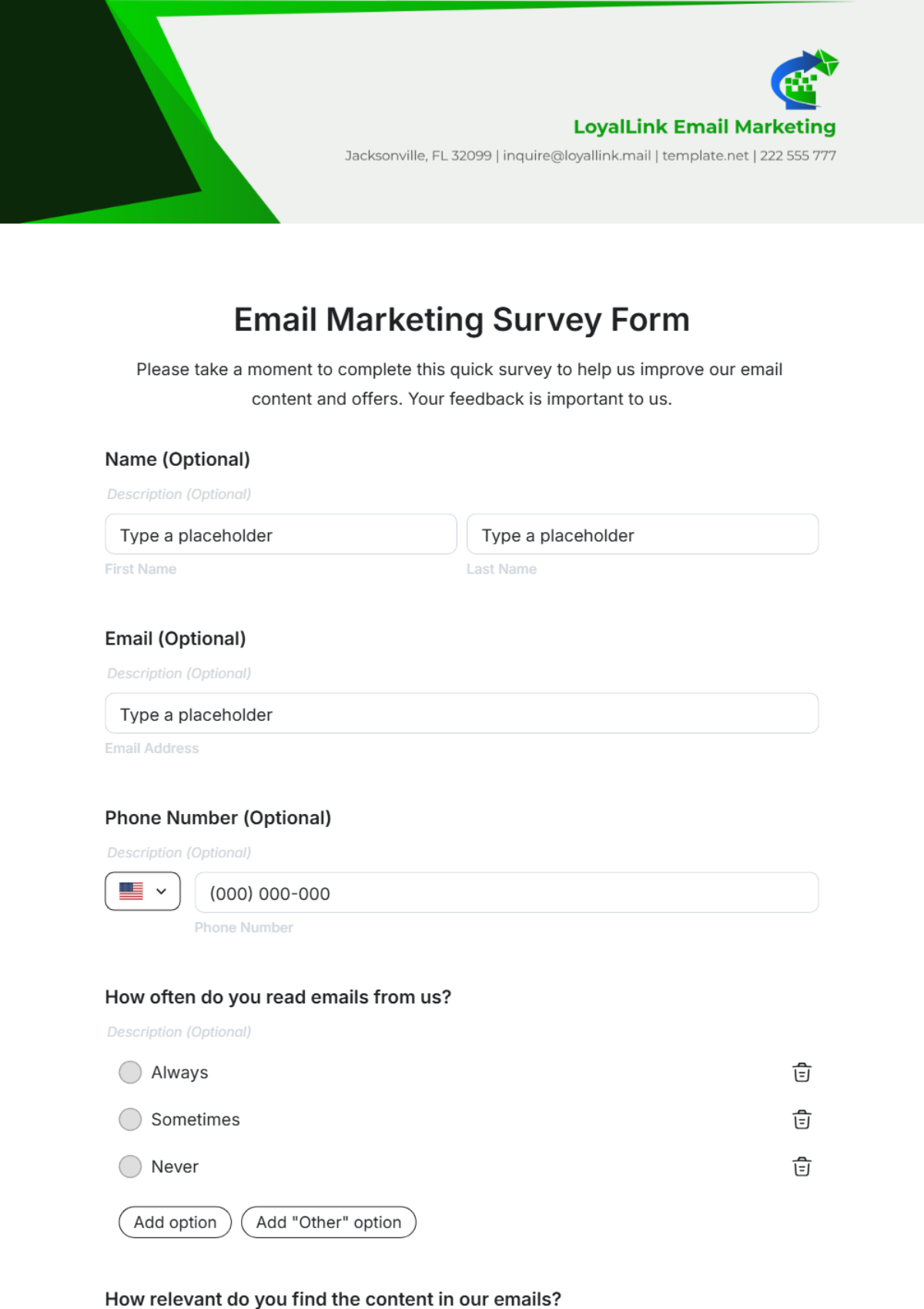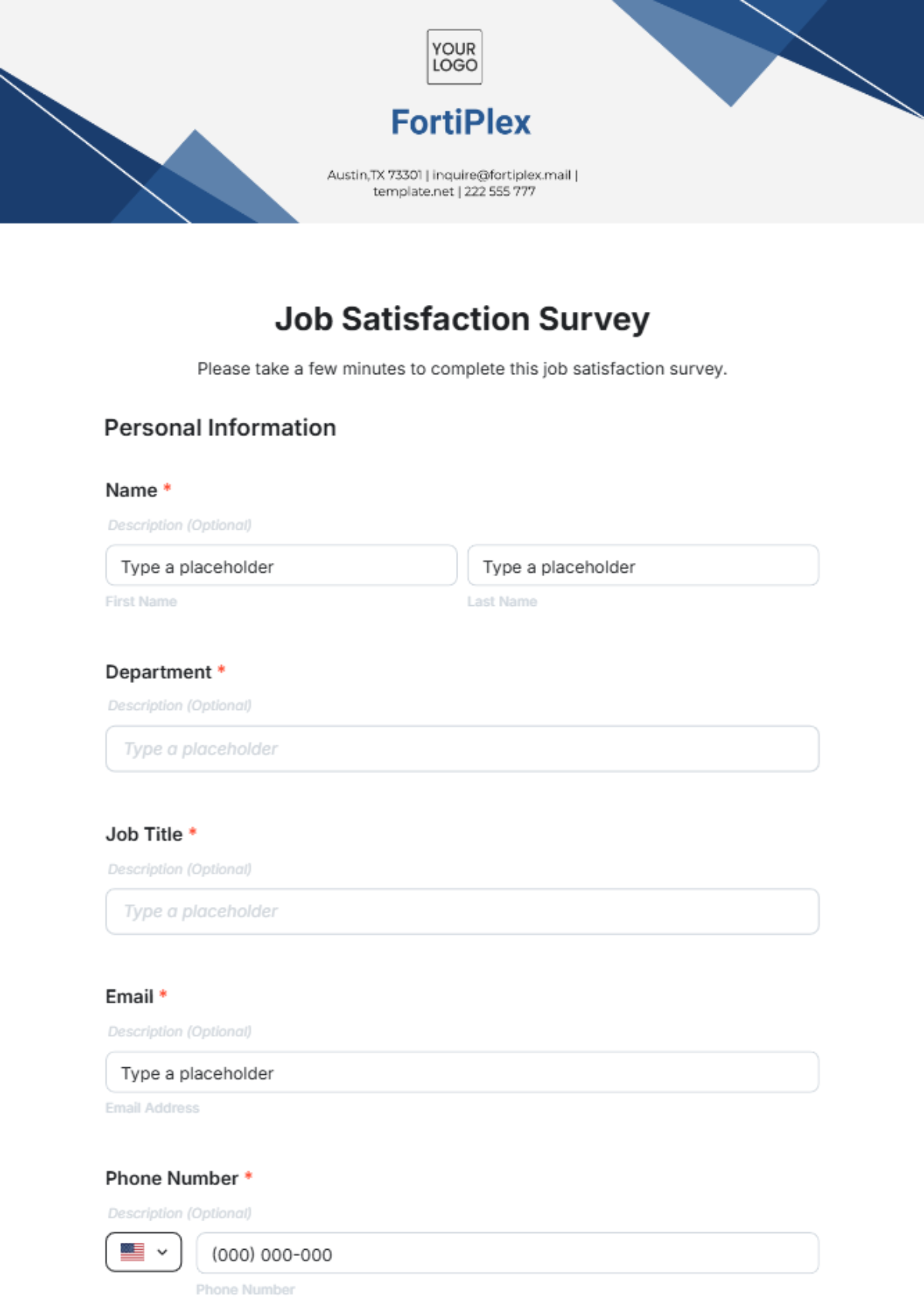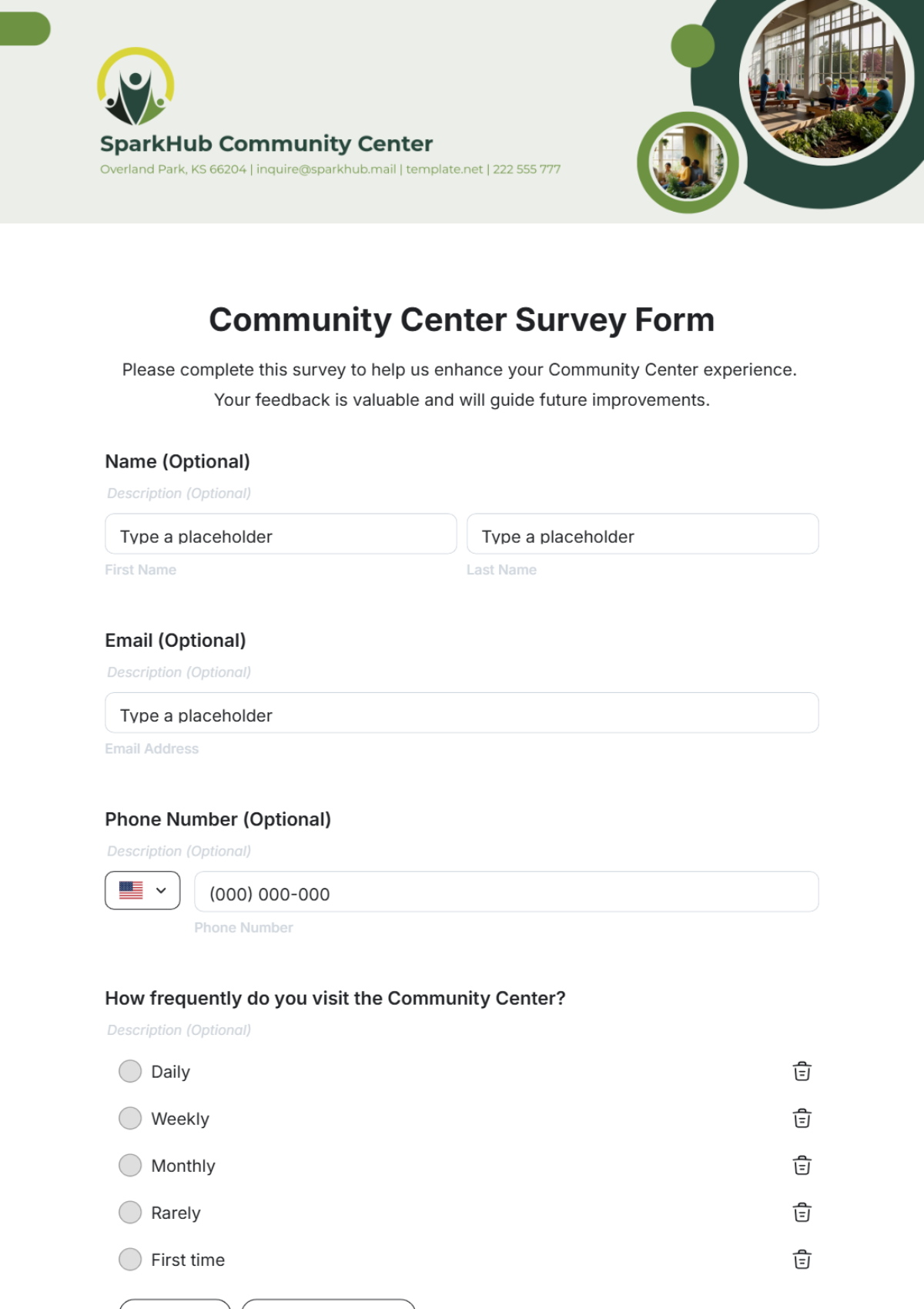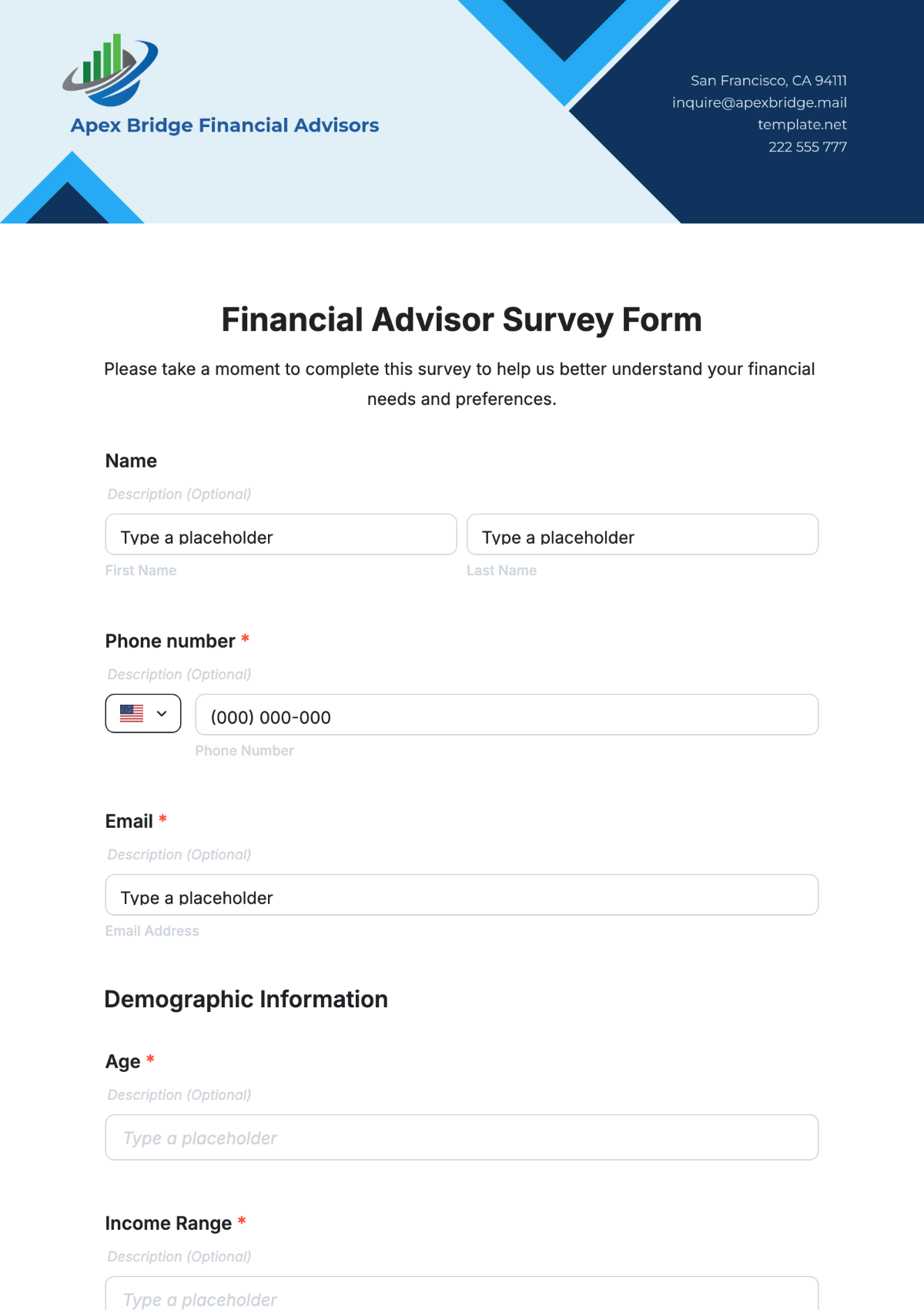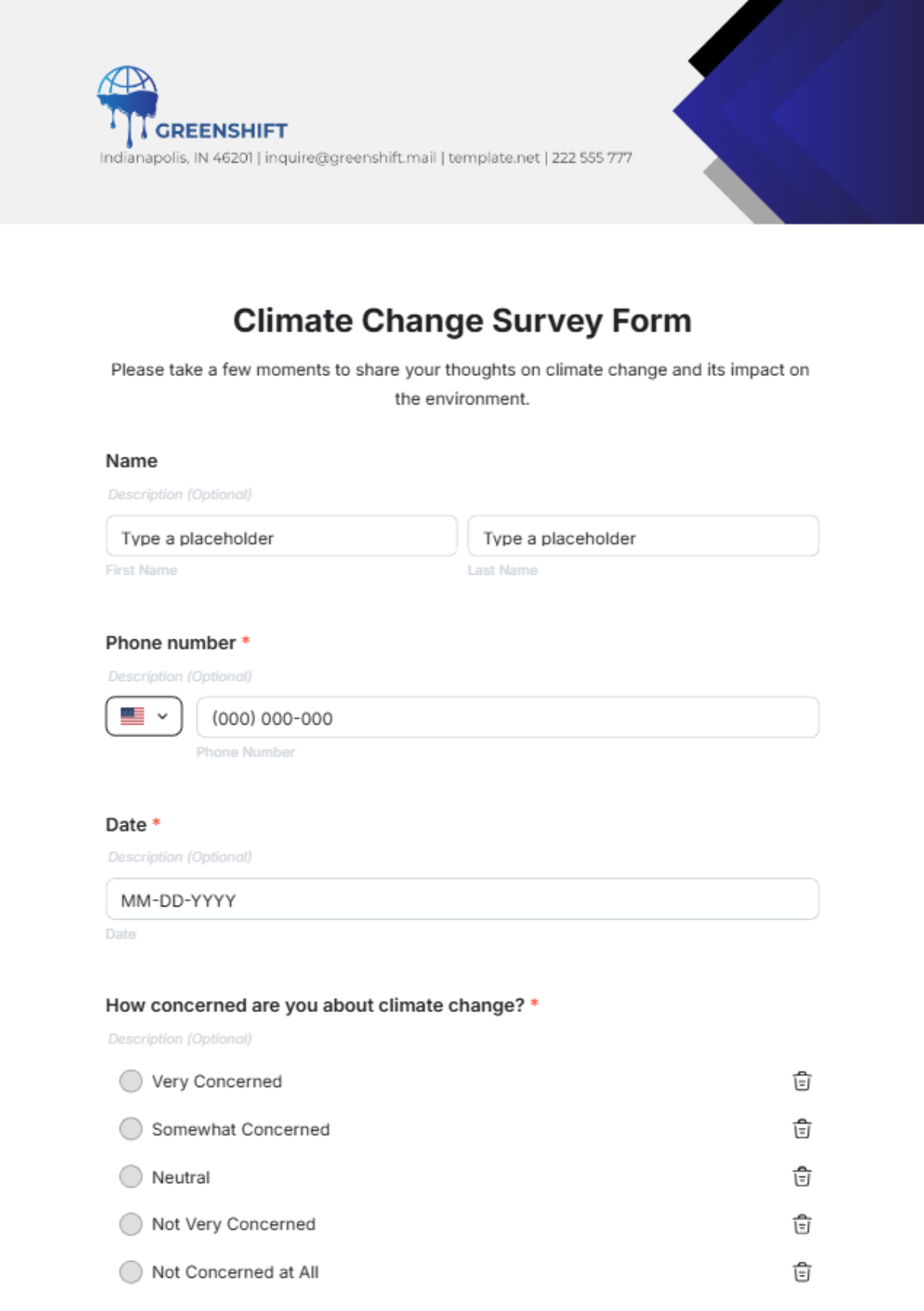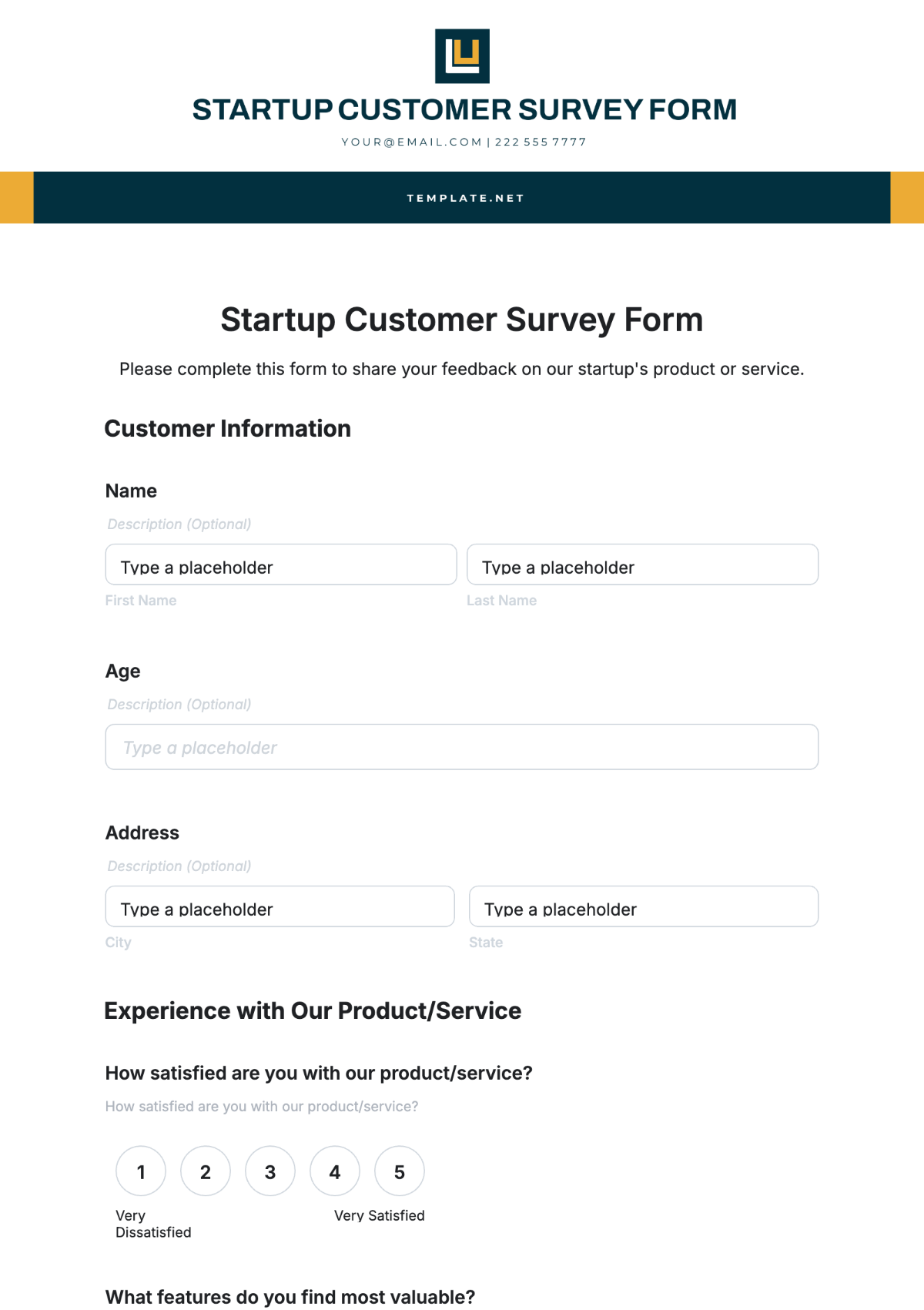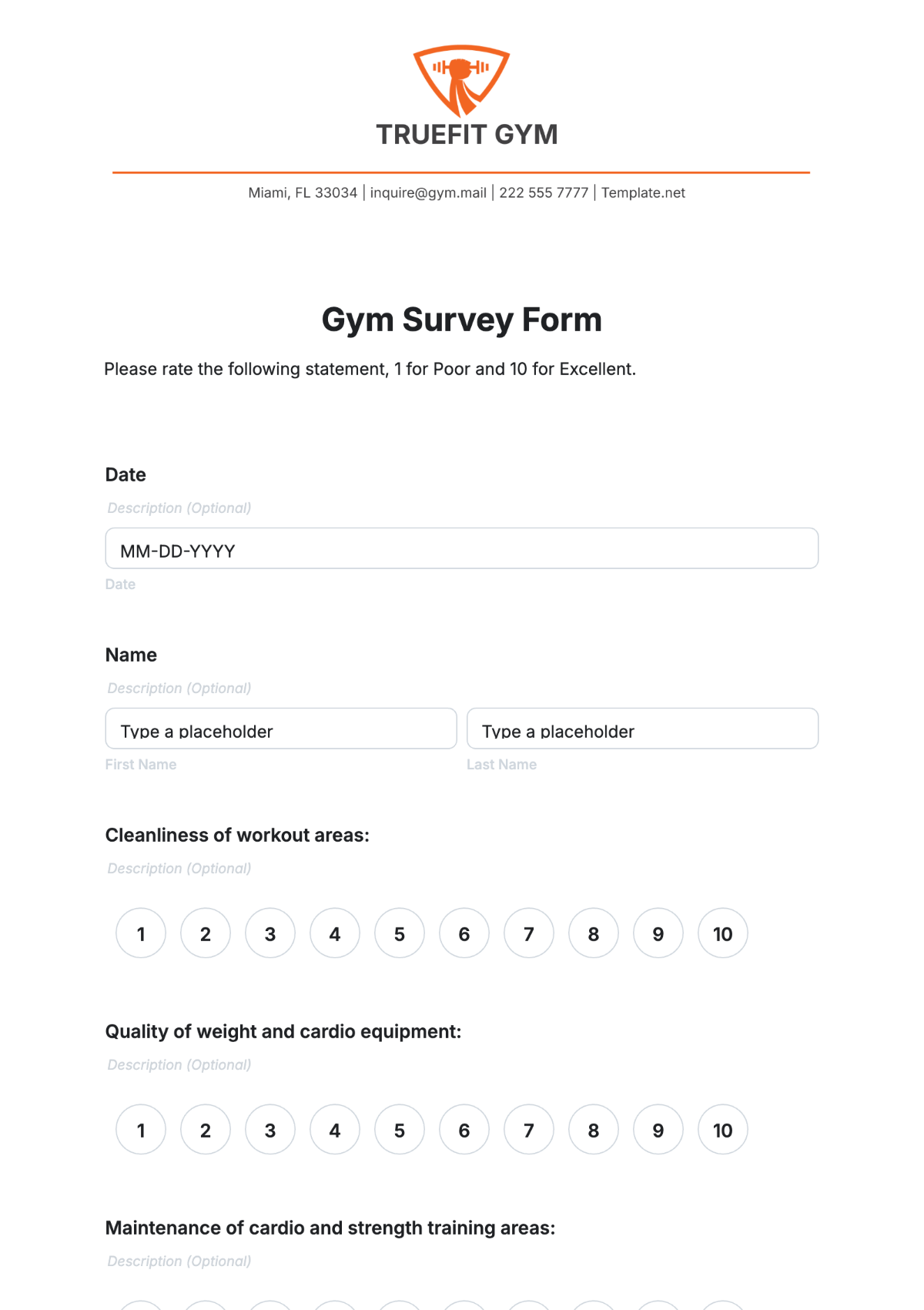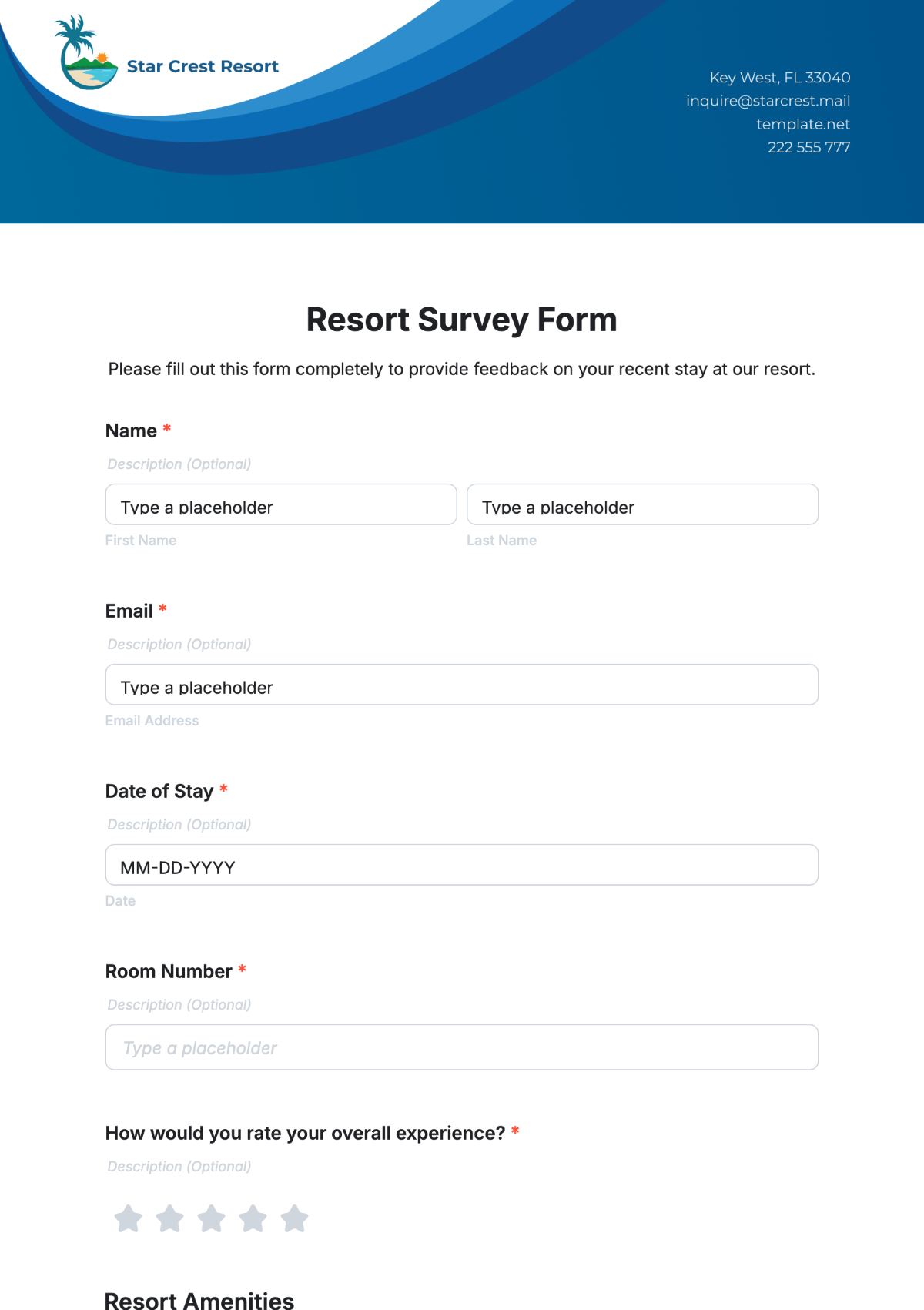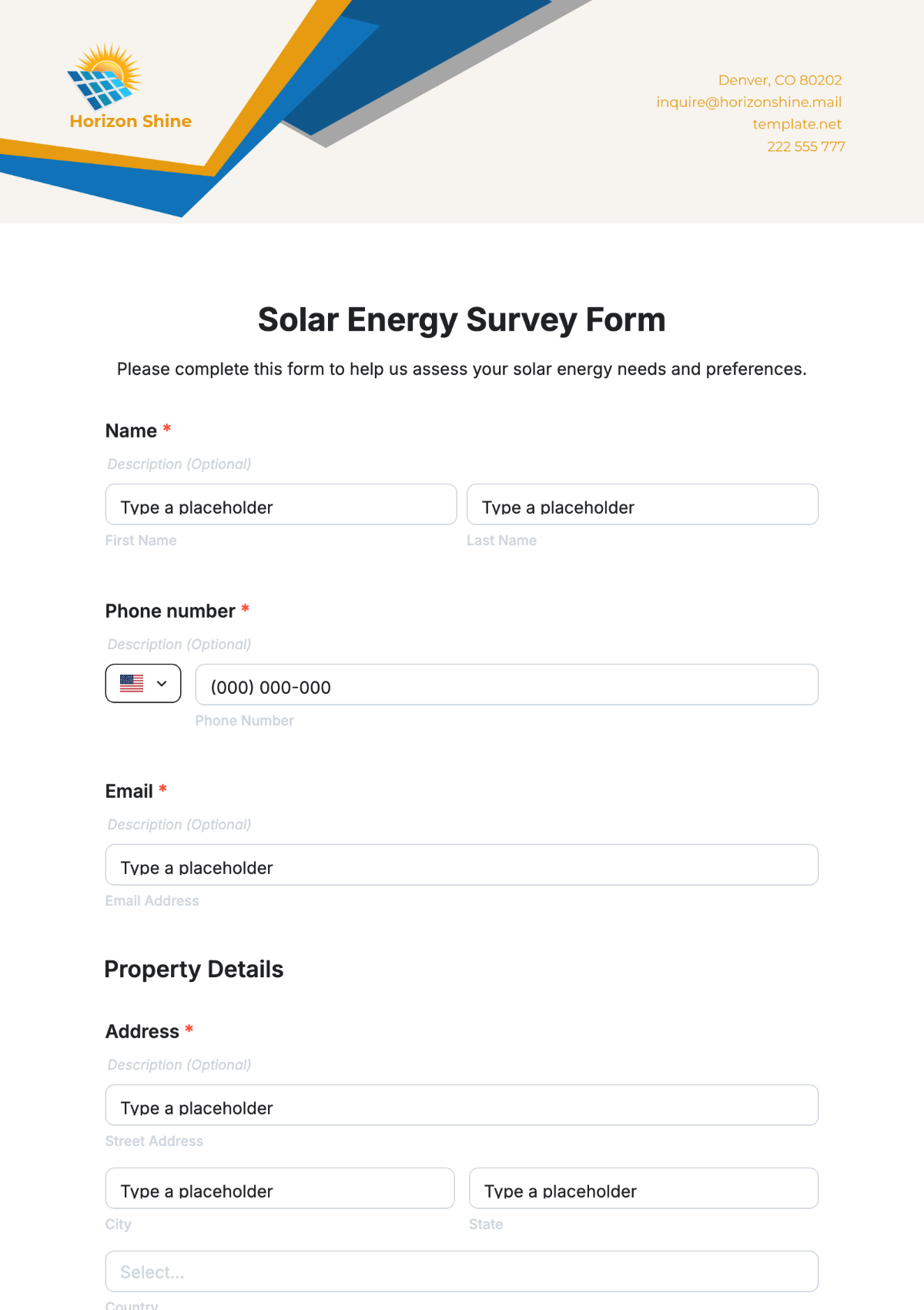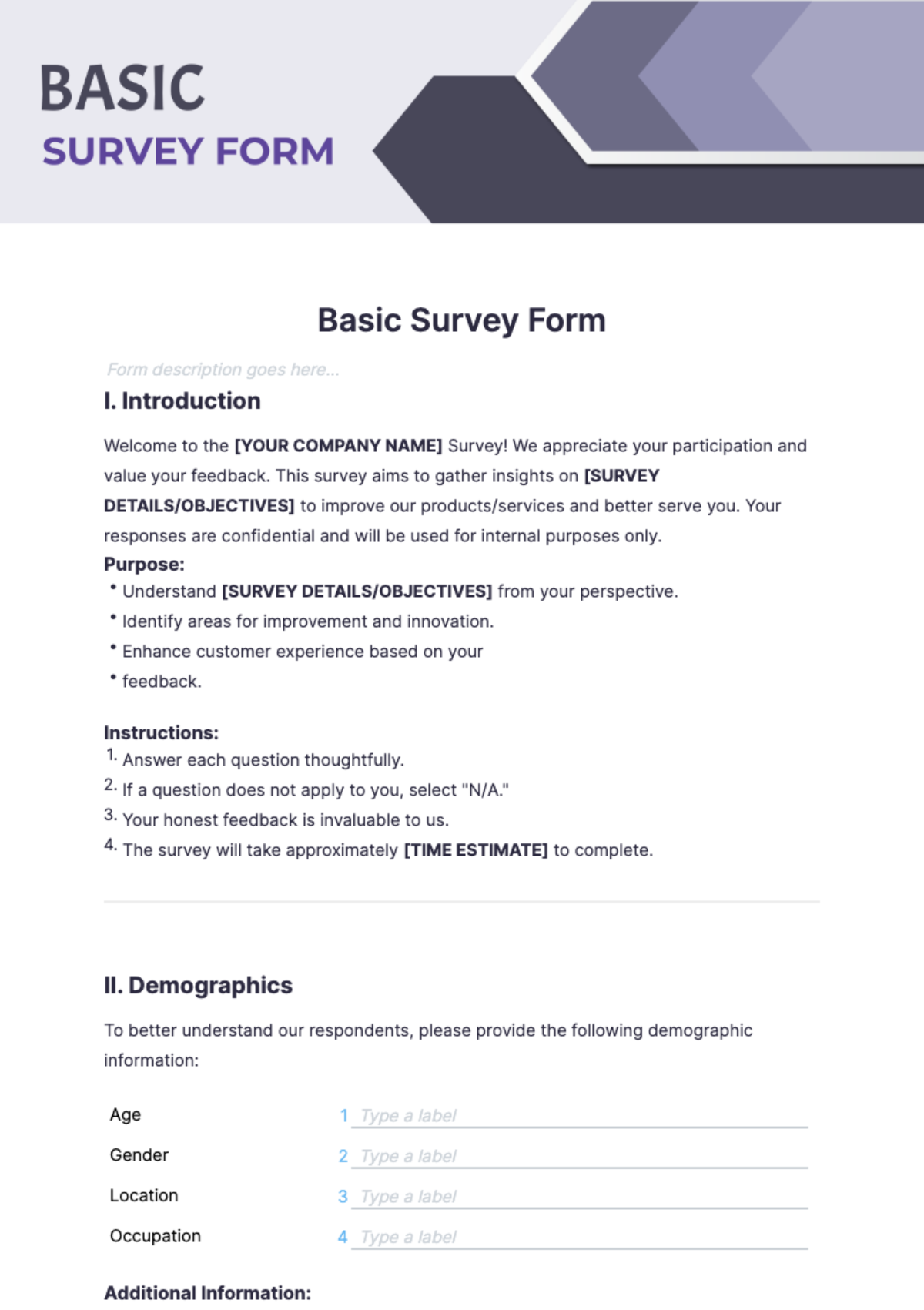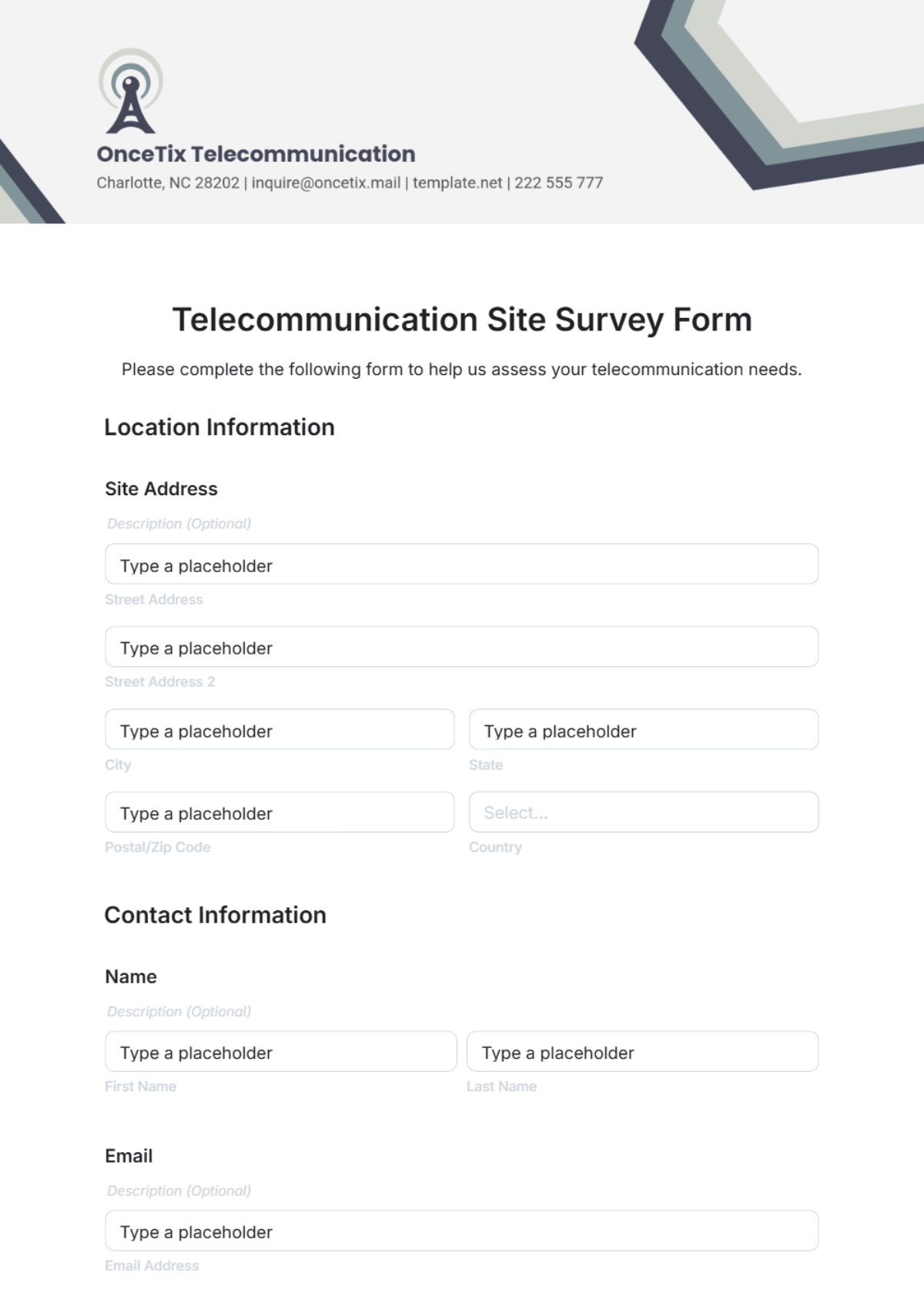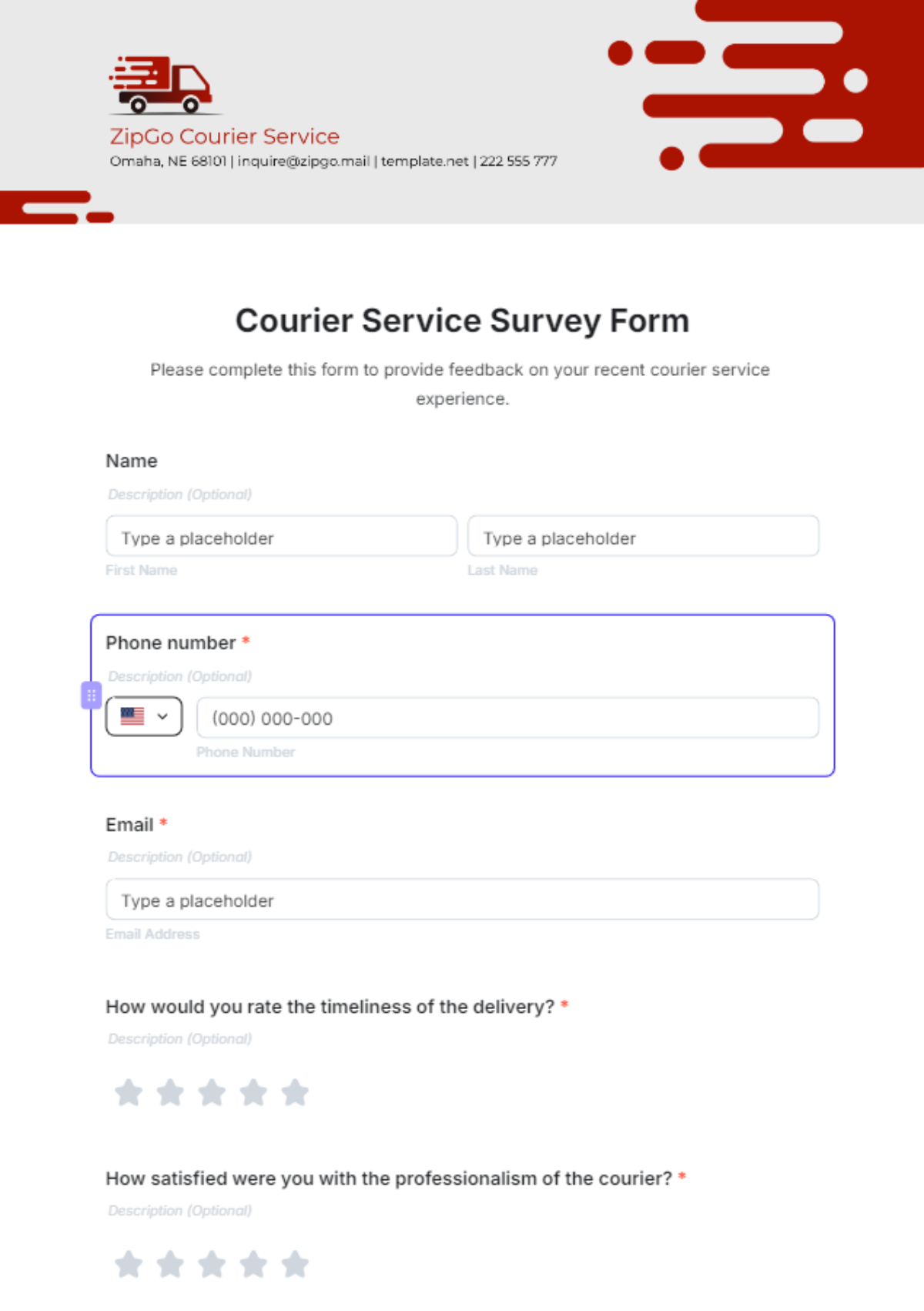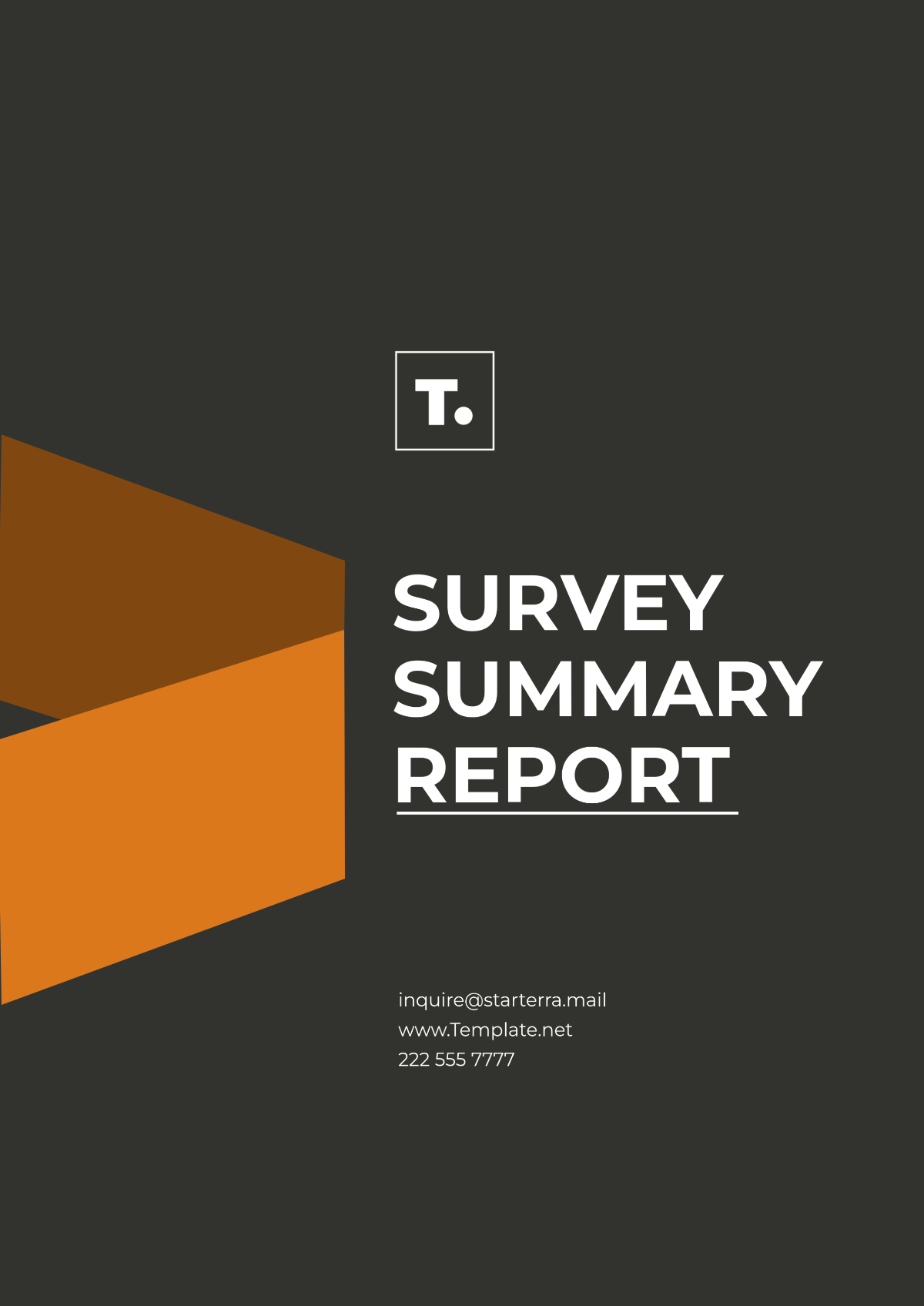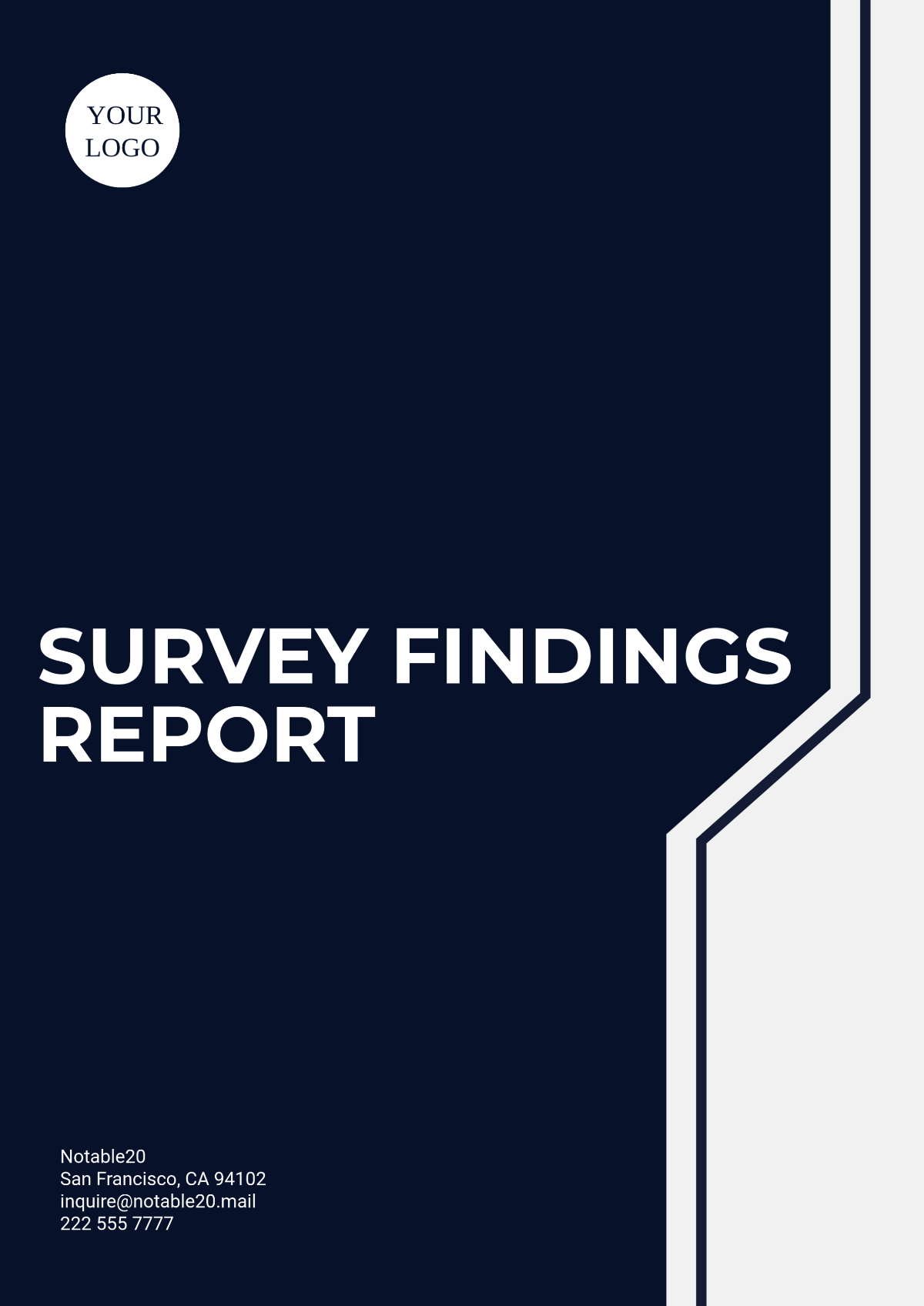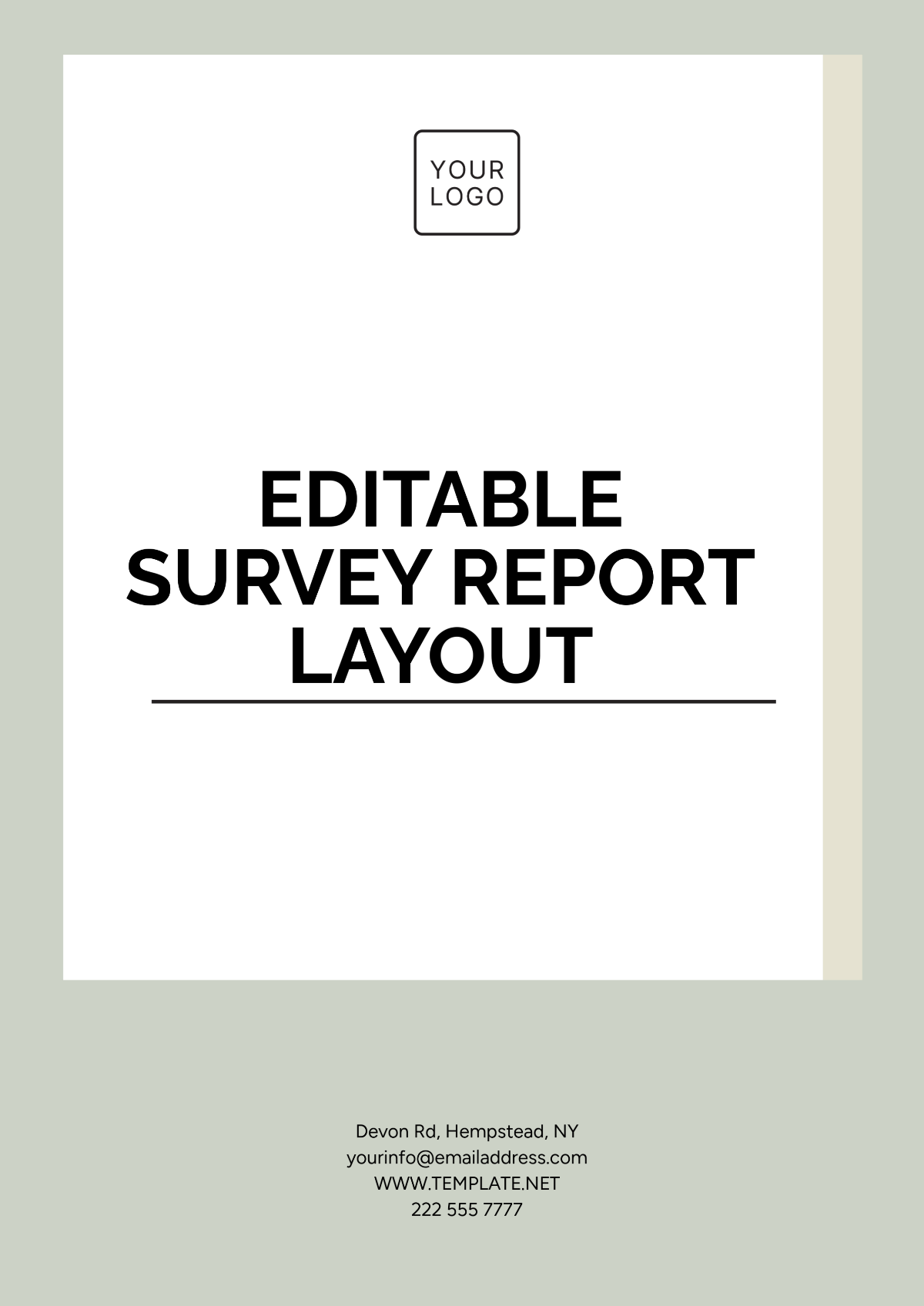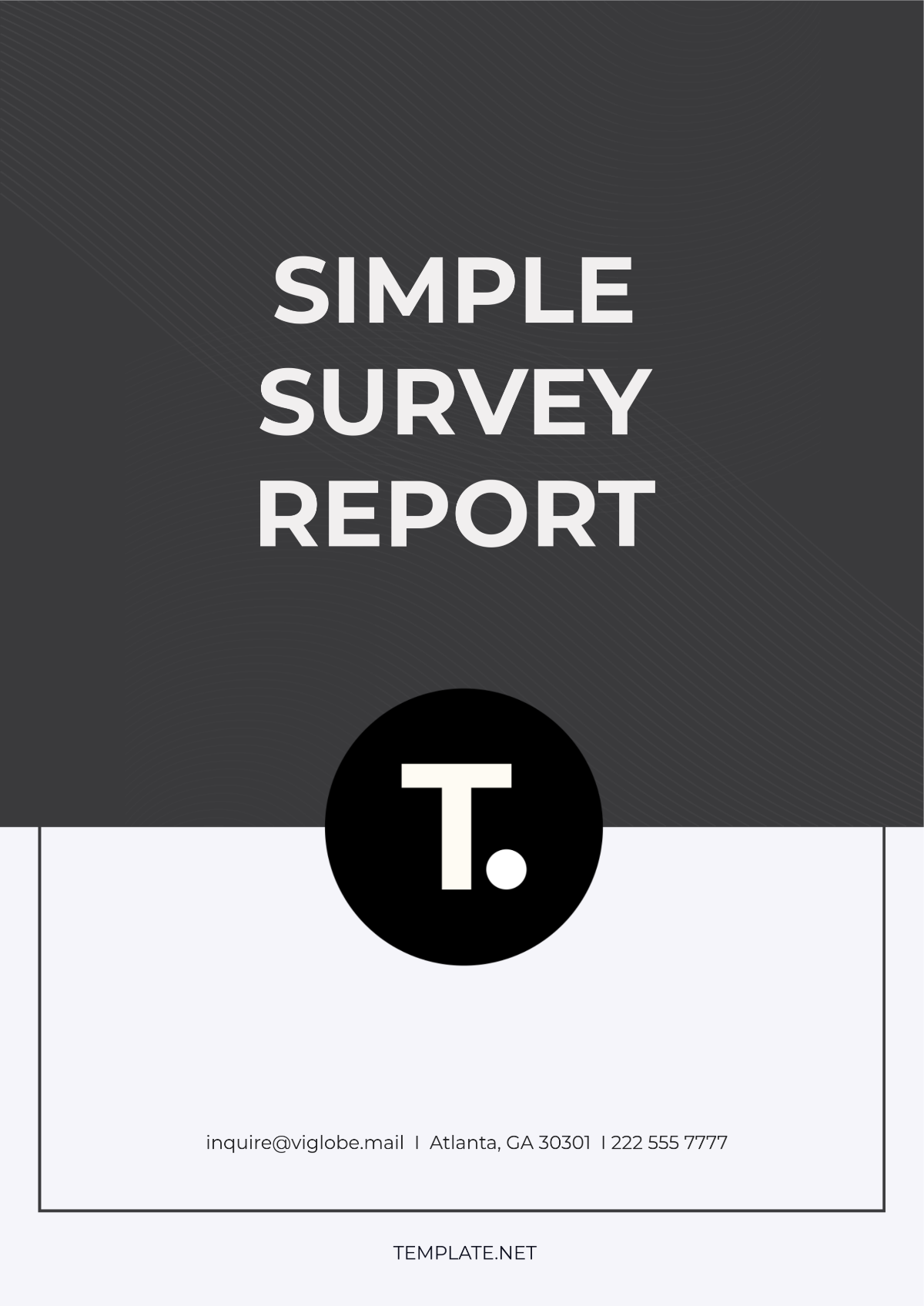Technical Survey Chapter Outline
Prepared By: [Your Name]
1. Introduction
Overview of the Field: Quantum computing is an emerging technology that leverages the principles of quantum mechanics to process information in fundamentally different ways than classical computers. This survey explores the current state and advancements in quantum computing.
Purpose and Scope: The purpose of this survey is to provide a comprehensive overview of recent developments in quantum computing, including theoretical advancements, practical implementations, and future prospects. It covers key technologies, challenges, and future directions in the field.
Importance of the Survey: Understanding recent advancements in quantum computing is crucial for researchers, developers, and industry professionals as this technology has the potential to revolutionize various domains, including cryptography, optimization, and drug discovery.
2. Background and Context
Historical Development: Quantum computing emerged from the theoretical work of physicists like Richard Feynman and David Deutsch in the 1980s. Initial concepts were largely theoretical, but practical developments began in the early 2000s with advancements in qubit technologies and quantum algorithms.
Current Trends: Recent trends include the development of superconducting qubits, advancements in quantum error correction, and increased investment from major tech companies. Notable milestones include Google’s demonstration of quantum supremacy and IBM’s roadmap for scalable quantum computers.
Key Terminology:
Qubit: The fundamental unit of quantum information, analogous to a classical bit but able to exist in multiple states simultaneously.
Quantum Supremacy: The point at which a quantum computer performs a calculation that is infeasible for classical computers.
Quantum Entanglement: A phenomenon where qubits become interconnected and the state of one qubit can instantaneously influence the state of another, regardless of distance.
3. Methodology
Survey Approach: This survey employs a mixed-methods approach, combining literature review with interviews of key experts in the field. It includes a systematic review of peer-reviewed journals, conference papers, and technical reports.
Data Sources: Data was collected from sources such as IEEE Xplore, arXiv, Google Scholar, and industry reports from companies like IBM and Google. Interviews were conducted with researchers from leading institutions like MIT and Stanford University.
Criteria for Selection: Studies and technologies were selected based on their impact on the field, recent advancements, and relevance to current practical applications. Emphasis was placed on works published in the last five years.
4. Literature Review
Previous Work: Previous research has focused on theoretical frameworks for quantum computing, such as Shor’s algorithm for factoring large numbers and Grover’s algorithm for searching unsorted databases. Recent reviews highlight advancements in quantum gate designs and qubit coherence times.
Gaps in Research: Despite progress, significant gaps remain in scalable quantum error correction and the development of large-scale quantum processors. There is also a need for standardized benchmarking methods to compare different quantum computing technologies.
5. Current Technologies and Techniques
Overview of Technologies: Key technologies include:
Superconducting Qubits: Utilized by companies like IBM and Google, these qubits are based on superconducting circuits that exhibit quantum properties.
Trapped Ions: Used by companies like IonQ, these qubits are ions trapped using electromagnetic fields and manipulated using lasers.
Topological Qubits: A theoretical approach with potential for higher error tolerance, explored by Microsoft’s StationQ project.
Comparative Analysis: Superconducting qubits offer faster gate times but face challenges with error rates. Trapped ions provide high fidelity operations but face scalability issues. Topological qubits are promising but still largely theoretical.
Case Studies: Google’s Sycamore processor achieved quantum supremacy by performing a specific calculation faster than the world’s fastest supercomputer. IBM’s Qiskit framework has enabled researchers to develop and test quantum algorithms on their cloud-based quantum computers.
6. Challenges and Issues
Technical Challenges: Issues include qubit decoherence, error rates, and the difficulty of scaling quantum systems. Quantum error correction remains a significant hurdle.
Implementation Issues: The high cost of quantum hardware and the need for extreme cooling systems pose practical challenges. Additionally, there are limited algorithms optimized for quantum hardware.
Future Challenges: Overcoming error rates and scaling to larger qubit systems are critical challenges. Developing practical applications that demonstrate quantum advantage remains a significant hurdle.
7. Future Directions
Emerging Trends: Trends include the development of hybrid quantum-classical algorithms, increased use of quantum machine learning, and advancements in quantum networking and cryptography.
Predicted Developments: It is anticipated that by the late 2020s, we will see more practical demonstrations of quantum advantage in real-world applications. Continued investment will likely accelerate technological advancements and scalability.
Research Opportunities: Future research should focus on developing more robust quantum error correction techniques, exploring novel qubit technologies, and creating applications that can leverage quantum computing’s unique capabilities.
8. Conclusion
Summary of Findings: Recent advancements in quantum computing include significant progress in qubit technology and quantum algorithms. Key challenges remain, particularly in scaling and error correction.
Implications: The continued development of quantum computing has the potential to revolutionize various industries by solving problems that are currently intractable for classical computers.
Recommendations: Researchers should focus on overcoming technical barriers and exploring practical applications. Collaboration between academia and industry will be crucial for advancing the field.

